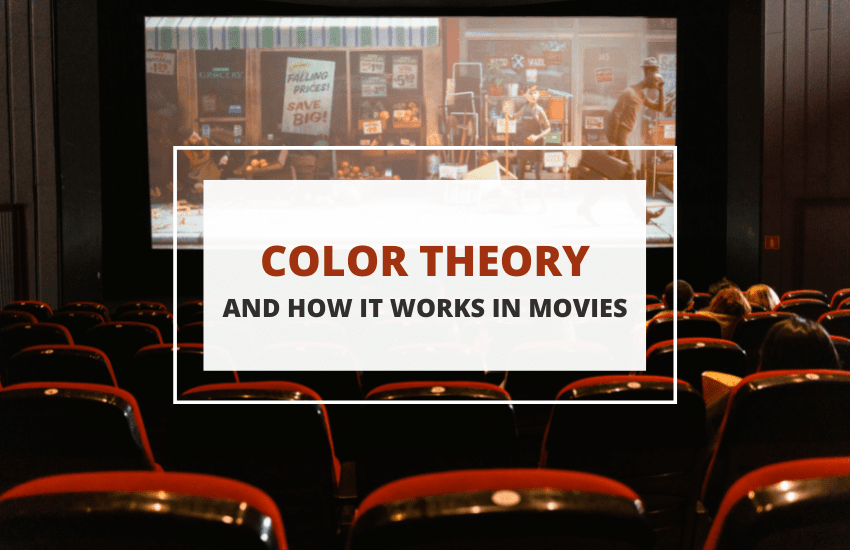
Color theory in film can help tell a story. It’s no secret that color is incredibly rich in symbolism but it can also feel complicated at times, as color can also evoke contradictory emotions. Let’s explore how movies use color to convey feelings and expand their stories without needing to explain things verbally.
Red
First and probably the most obvious, red has a few very clear symbolic meanings directors love to use and – frankly – often overuse.
Red symbolizes love and passion. These feelings can have either a positive or negative connotation depending on the context, but they are almost always marked with a strong red theme in most movies.
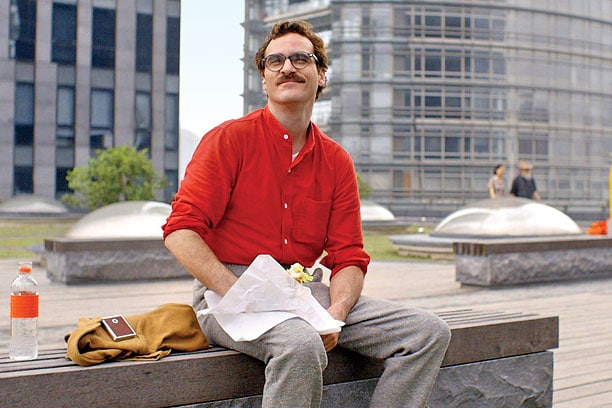
For example, it wasn’t a coincidence that Joaquin Phoenix was constantly walking around in a red shirt in the movie Her – a movie he spent desperately in love with an AI. Without giving away too much about the movie, the story in Her is exactly what it sounds like – a mustachioed dork manages to fall in love with a Siri- or Alexa-type software that isn’t treated as “true AI” by the rest of society.
So, the movie explores both the theme of “what is AI” as well as “what is love”. Was it necessary for Phoenix’s character to wear a red shirt for much of the movie for us to get that he’s in love?
Of course not, that much is stated explicitly.
However, that extra touch of color, especially contrasted by the mostly cold colors used in his surroundings in most scenes, does help tickle our emotions and subconscious in just the right way and enhance the experience of the movie.
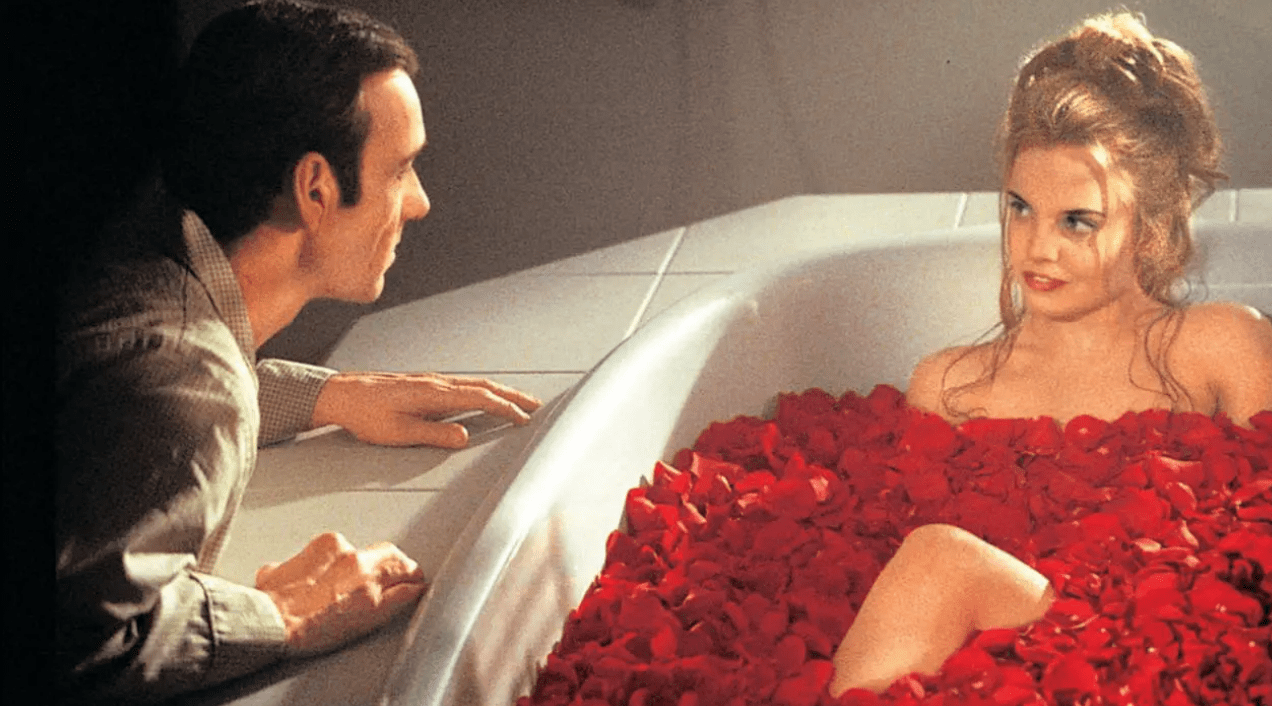
At the same time, passion isn’t always a good thing. Even then, it’s marked with strong red themes.
Remember American Beauty?
A movie about a middle-aged suburban dad having a mid-life crisis and in an unhappy marriage, who ends up falling in love with his daughter’s underaged friend? The color red is especially prominent here, mostly in scenes involving the underaged Angela Hayes character played by the then-19-year-old Mena Suvari.
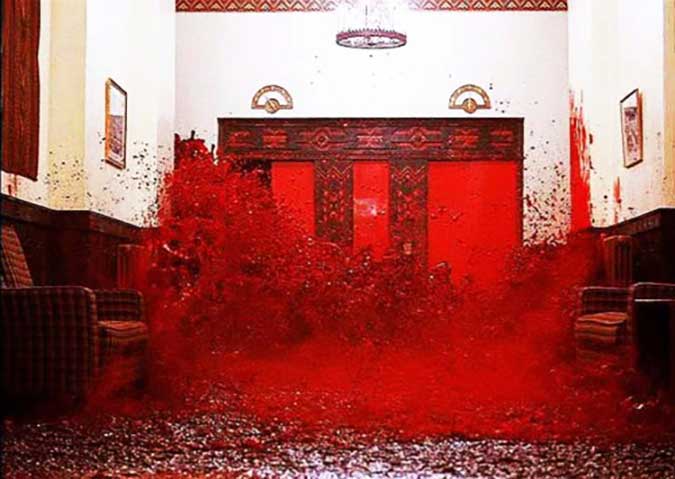
But red can also symbolize danger, violence, and horror. After all, that’s why traffic lights are red too. Kubrick’s elevator scene from The Shining will forever be seared into our brains – those giant waves of bright red blood pouring through the elevator doors in slow motion toward the camera, just as the realization that the characters are in a horror movie finally sets in.
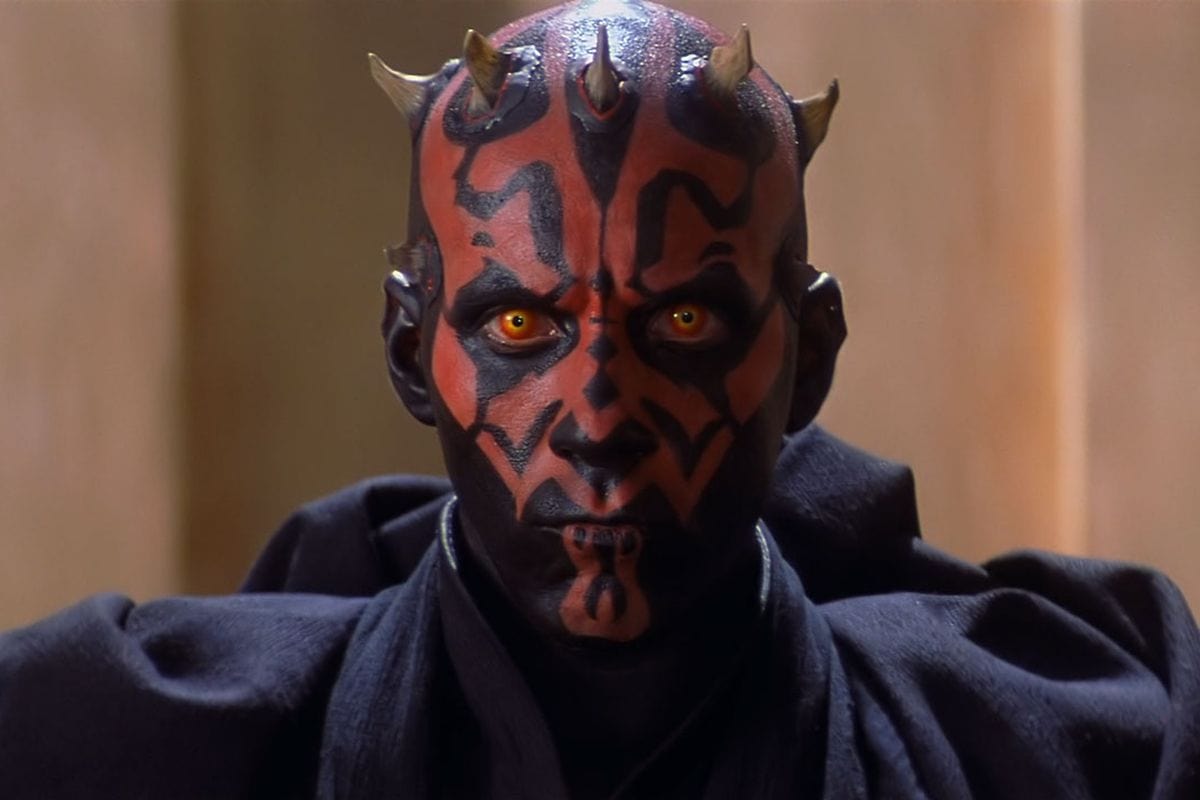
A third key symbolism of red is its association with anger and power. Remember Maul? He didn’t say much in The Phantom Menace, but he was still a stand-out character. Critics can easily point out that Maul’s look was “too on the nose” and they’d be right. Lots of things are “too on the nose” in Star Wars. Yet, that doesn’t change the fact that some of them are still brilliant.
George Lucas correctly saw that this character was crucial for the story but there wasn’t enough time to give him lots of dialogue let alone a full and fleshed-out character arc. So, he gave Maul the best possible appearance for the role.
Ray Park, who played Maul, also did a phenomenal job. Just his eyes alone gave that extra touch of humanity to the terrifying appearance of Maul and hint at the tragedy behind the monster.
That combination of minimalistic acting and exaggerated appearance made the character so intriguing that millions of fans demanded his return in The Clone Wars and in other media so that his arc could be fleshed out properly.
Orange
Going down the color wheel, orange is a very different color in terms of symbolism. It’s almost always used to mark positive feelings such as friendliness, happiness, warmth, youth, sociability, as well as interesting and exotic locations or situations.
Orange is the color of the sun, after all, as well as light and often the color of the ground and the skin when lit the right way.
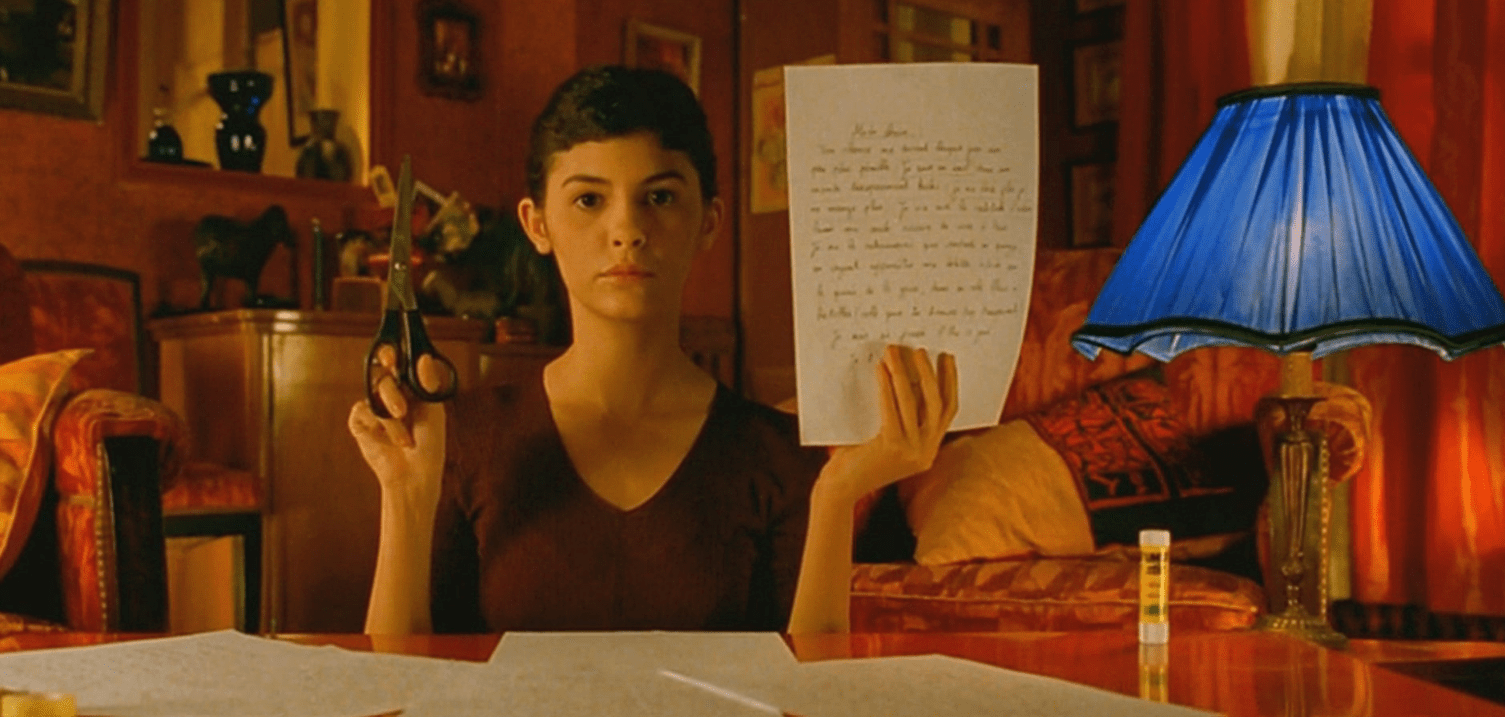
Look at Amelie, for example. The constant use of the warm orange light in the movie made for the perfect backdrop for the strangeness the lead character had to go through – that itself was often expressed through other bright colors contrasting the warmth of the orange hue.
In that sense, orange served both as a major aspect of the film’s whole theme but also as an enhancer for all the other brilliantly used colors throughout the film. We’ll touch a bit more on color combinations below, but orange is essentially often used as a default color for homey, natural, and warm environments, a setting for other things to happen.
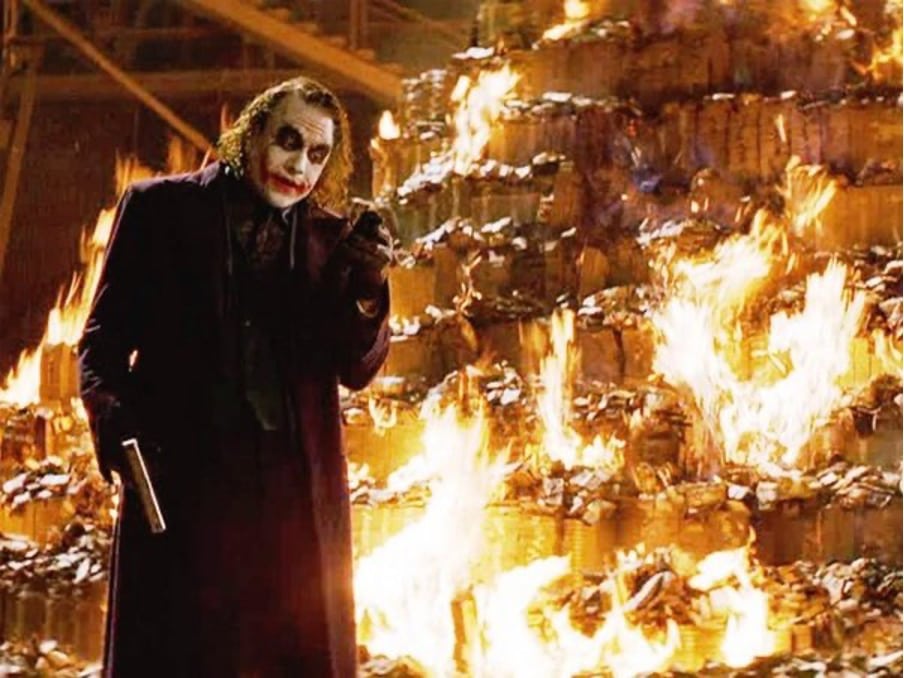
But even orange can be associated with negative symbolism. Fire, for example, is anything but a positive aspect in most situations as in when the Joker burned millions in The Dark Knight.
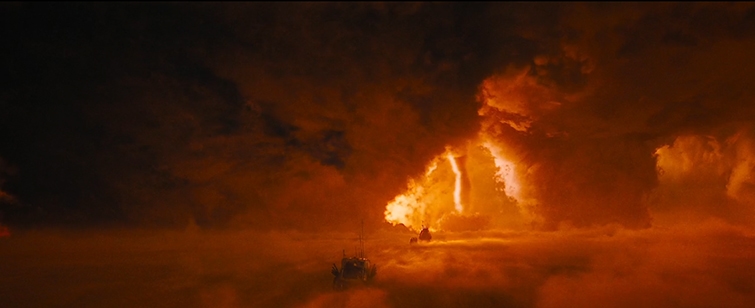
Orange can also be used to symbolize the chaos of nature like in Mad Max: Fury Road. In that situation, the color is still associated with the natural world, but the theme of the movie is that society has collapsed so much due to the mistakes of mankind that people are left to fend for themselves both against each other and against the harsh realities of nature.
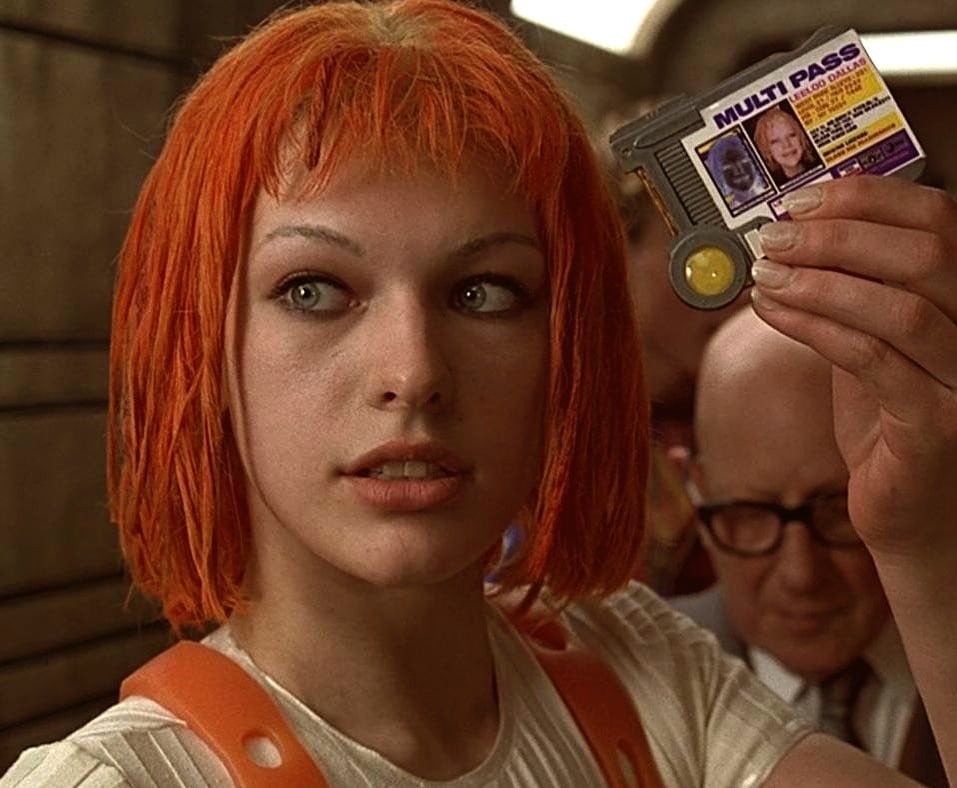
Still, orange is more often the color of quirky but friendly characters and situations. Remember Mila Jovovich in The Fifth Element?
Without spoiling this old masterpiece, the movie film follows the journey of a fish-out-of-water character through a strange and futuristic world.
What better color is there to use to make her look both strange and out-of-place but also warm, friendly, and fun than orange?
Yellow
The color yellow has two basic symbolic groups. The first one stands for concepts such as simplicity, naivety, as well as outlandishness, especially associated with the joys of childhood.
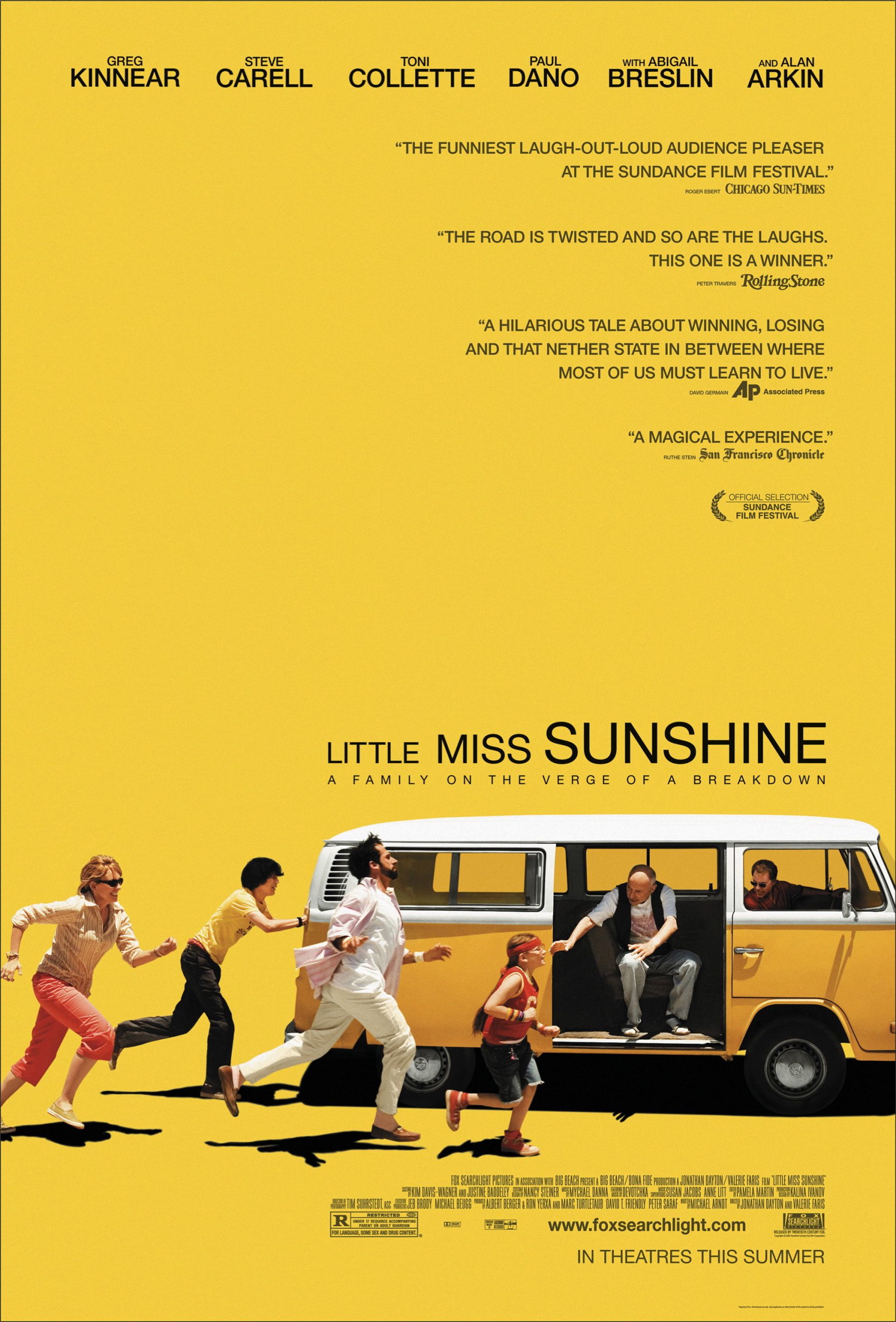
A perfect example of that is Little Miss Sunshine. Just look at its poster, for example, as well as the various scenes throughout the movie where the color yellow is used. Yellow is ever-present to express the strange developments of the story, but also the joys of childhood.
And then, there is the much more prevalent and striking use of yellow – to showcase feelings such as fear, insanity, sickness, lunacy, insecurity, and more.
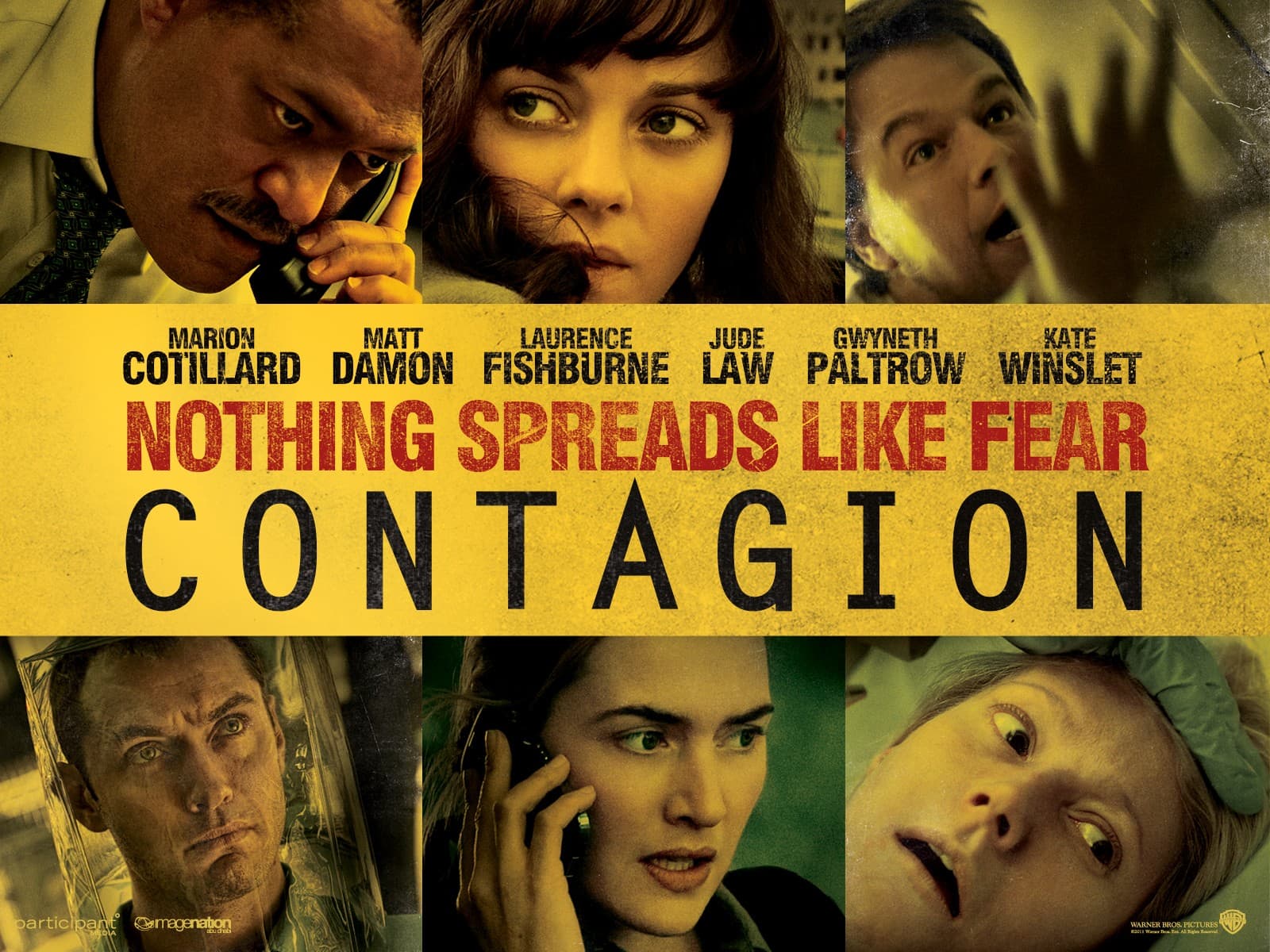
Some of the prime examples of those last few include straightforward movie posters like that of Contagion.
This poster is so straightforward that you don’t need to have watched the movie to immediately understand what it’s all about – a scary disease is spreading, everyone is “yellow” with fear and fever, and things are bad.
All this is clear from a word, a color, and a few character stills.
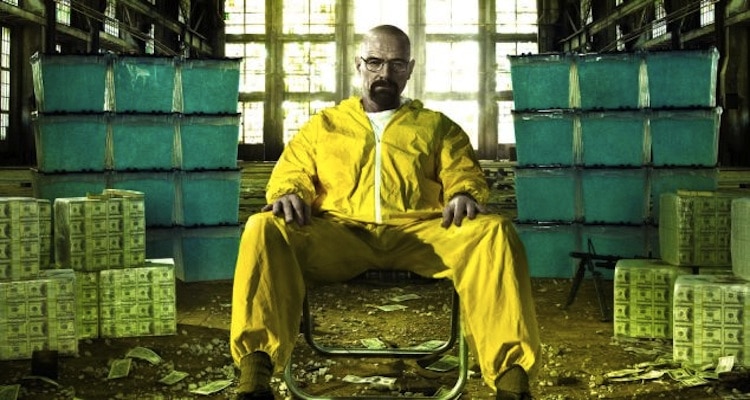
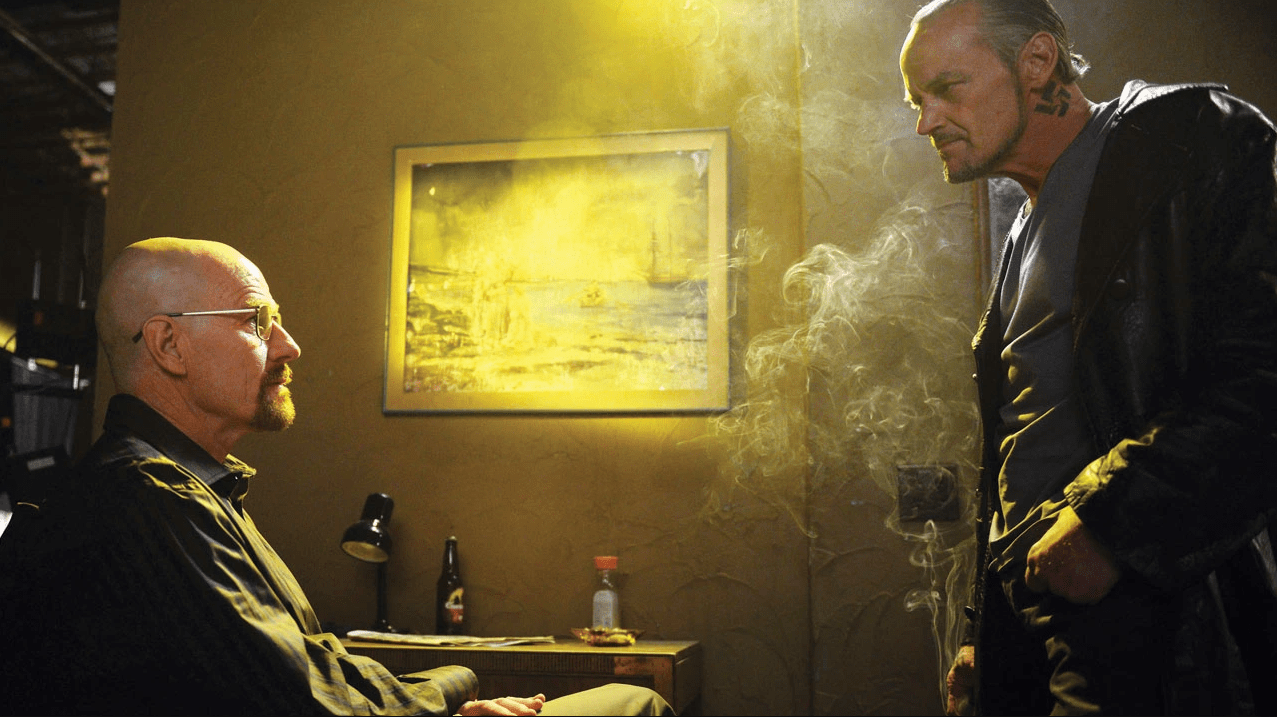
Walter’s gradual descent into madness in Breaking Bad is also a fantastic – and much more beloved – example of the use of yellow to illustrate a negative aspect.
While the crystal meth that’s at the center of the story is colored in light blue to give it a clear, clean, and artificial look, countless other items, backgrounds, and scenes had a strong yellow presence to indicate the dirtiness and wrongness of the things happening around Walter.
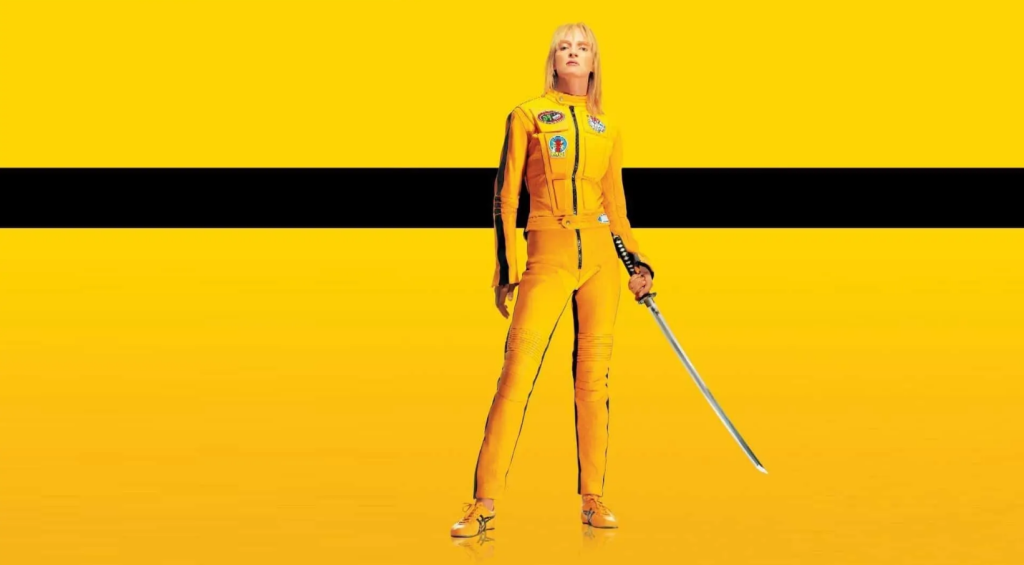
But if we want to talk about yellow symbolizing both fear and strangeness, probably the most obvious example is Uma Turman in Kill Bill. Even the harshest Tarantino critics admit that his use of the visual arts is exemplary and both volumes of Kill Bill make that extremely clear.
If you wanted to paint a story of a scorned woman going on a justified, yet comically horrifying killing spree with a samurai sword through various colorful environments, what other color would you dress her in?
Green
Like yellow, green also has two main symbolic groups – that of nature, freshness, and greenery, and that of poison, danger, and corruption. This can feel repetitive but both colors are indeed overrepresented in nature, while also inciting feelings of fear and uncertainty in people in specific cases.
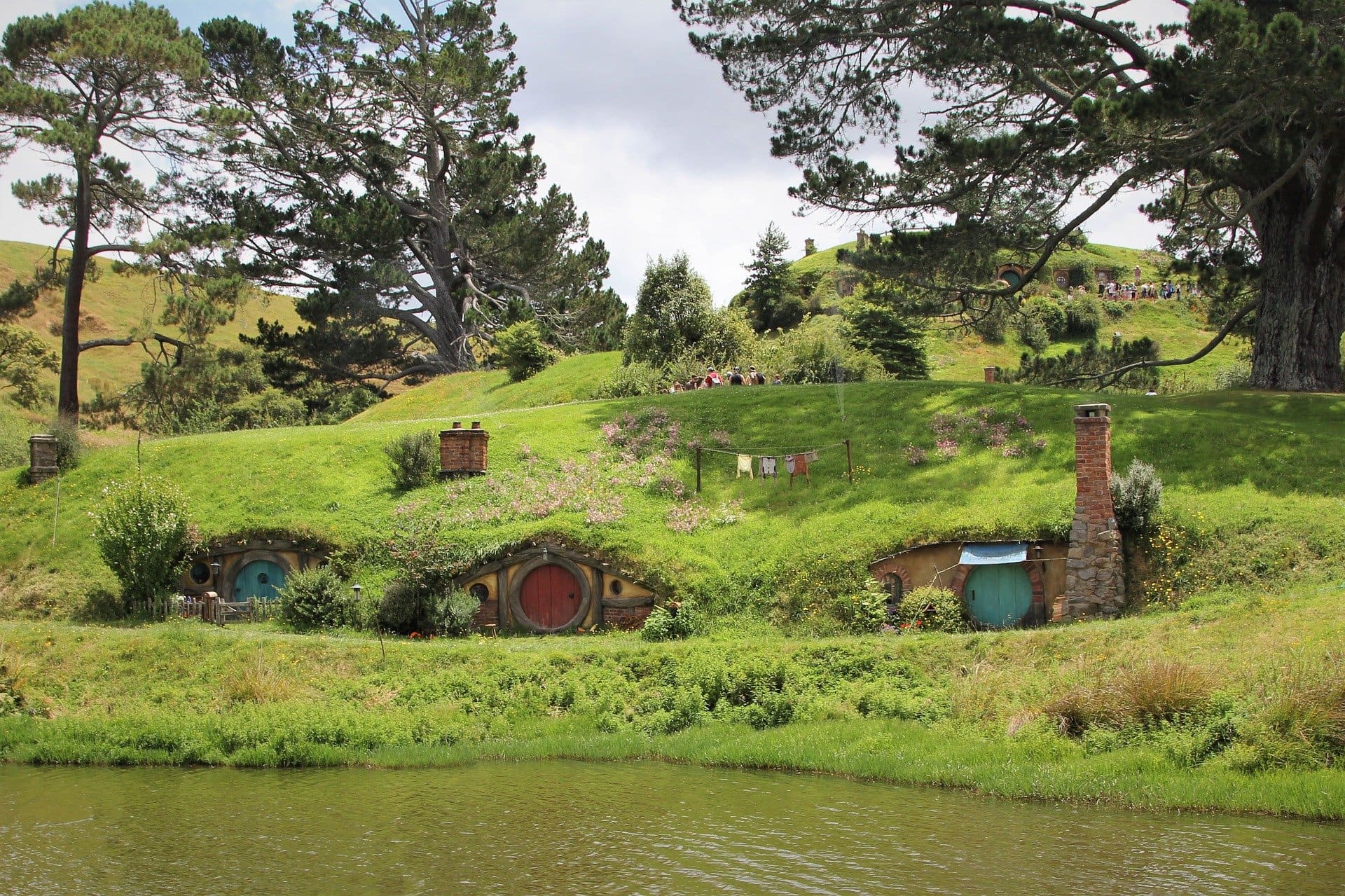
Virtually every nature scene in every movie ever made symbolizes the nature aspect of green. The treants in The Lord of the Rings? Or the Shire there too, for that matter.
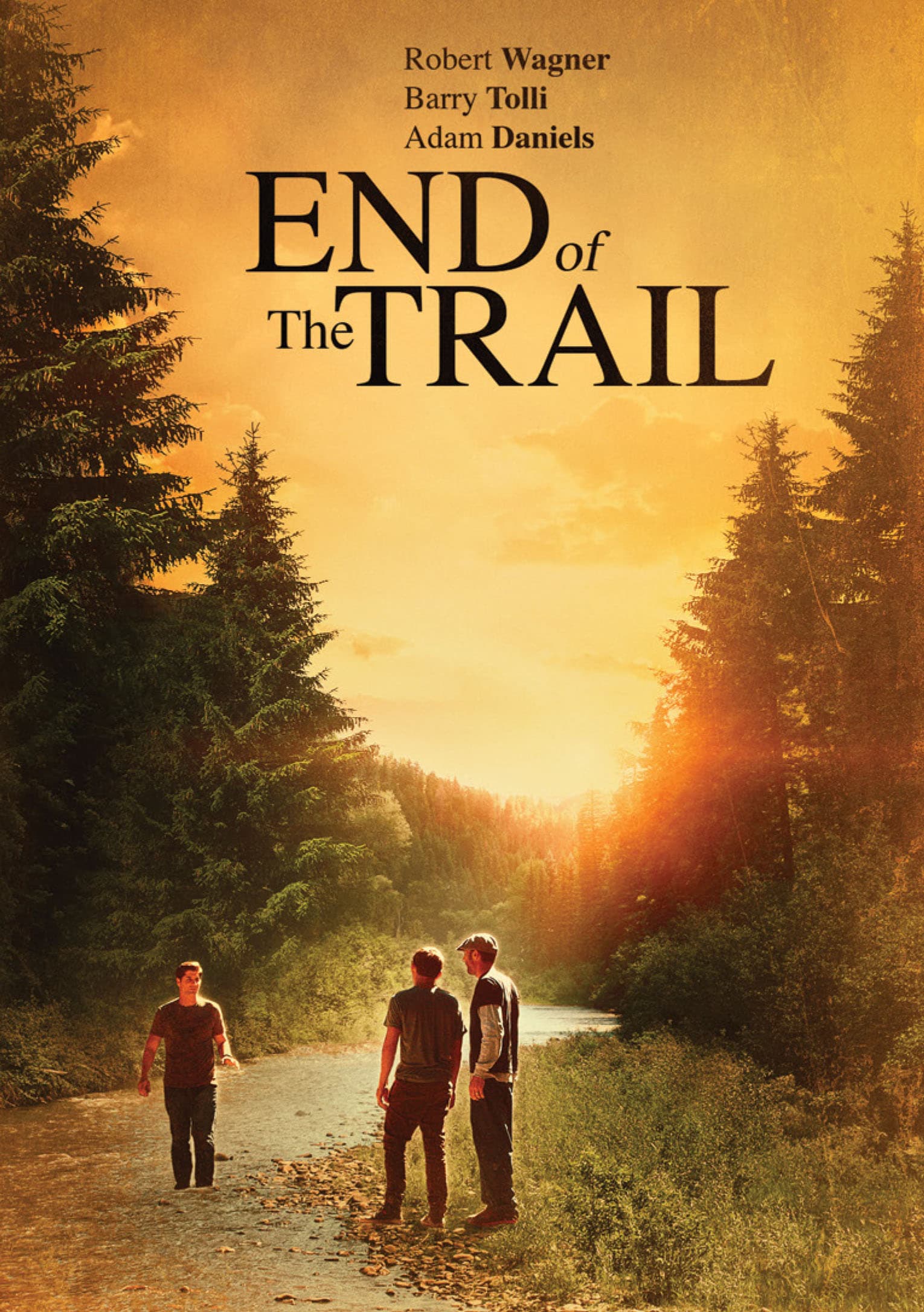
And, to further drive the point home, check out the End of the Trail poster with its warm orange sky over the characters in the middle of a nice green forest. There really is no need to overanalyze green as the color of nature.

This association is still important, however, when we look at other green items that are meant to be associated with nature.
To illustrate this point, let’s go back to Star Wars and its very simple and direct use of colors. Take the green lightsaber for example. It is meant to symbolize the Jedi’s deeper connection with the Force, a.k.a. nature, and the energy of all living things in the universe.
This can be contrasted with the other most common “good guy” lightsaber color in the franchise – blue. In Star Wars, the blue lightsaber is meant to be used by Jedi that isn’t as closely connected to the Force but is instead more focused on its combat applications. This simple and direct yet subtle use of color perfectly showcases the characters and journeys of many characters in Star Wars.
Luke starts with his father’s blue saber but, after a couple of movies of character growth, ends up creating his own green saber, having grown closer to the Force than his father ever was. Other characters like Yoda, Ahsoka Tano, and Qui Gon Jinn are also clearly given green lightsabers for a reason – both to showcase how much closer their connection is to the Force than others and to contrast them with their more direct and action-oriented counterparts such as Obi-Wan Kenobi and Anakin Skywalker.
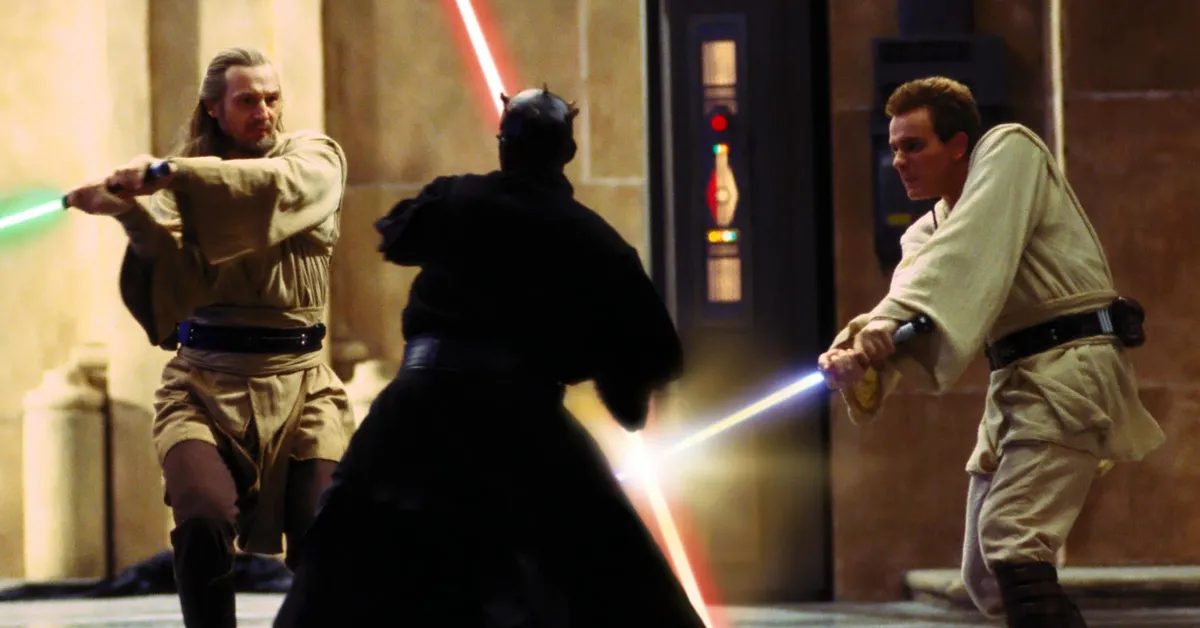
That difference between Obi-Wan and Qui Gon Jinn is arguably at the center of Phantom Menace and its last scene – the Duel of the Fates. In it, as Dave Filoni explains, the “duel” isn’t between the two Jedi and Darth Maul but between the two possible fates of Anakin.
One where Maul kills Obi-Wan and Anakin is raised by Qui Gonn and his closer connection to the Force, and the other where Maul kills Qui Gonn and Anakin is raised by Obi-Wan – the well-meaning and wise Jedi that unfortunately doesn’t have the same connection to the Force.
And all this is showcased in the movie by a couple of lines and the different colors of their sabers.
At the opposite end of the spectrum of the use of green in cinema lies negative aspects such as madness, malevolence, and evil.
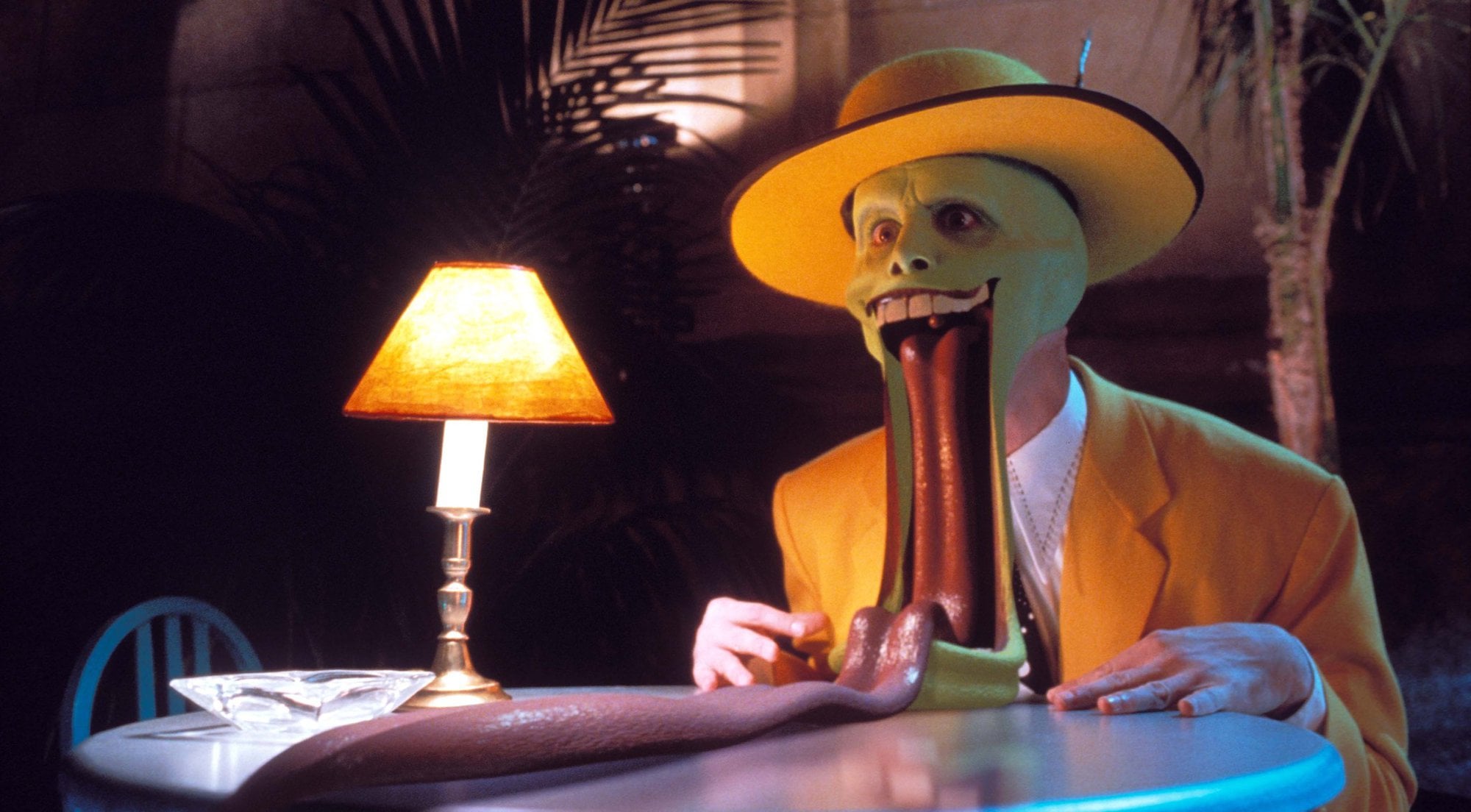
For madness, we don’t need to look any further than the Jim Carrey movie The Mask, where the lead character puts on an ancient Norse mask of the god Loki which turns him into an unstoppable vestige of chaos with a weirdly bright green head.
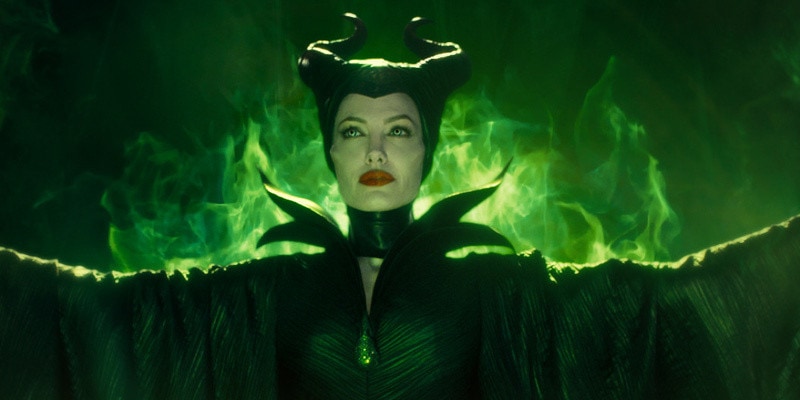
For malevolence, there’s the obvious example of Maleficent, both in the live-action movies with Angelina Jolie and the older Disney animation, Sleeping Beauty. The story hardly needs retelling but it is clear that, while green isn’t a direct aspect of Malevolent’s design, it surrounds her almost constantly like an evil aura.
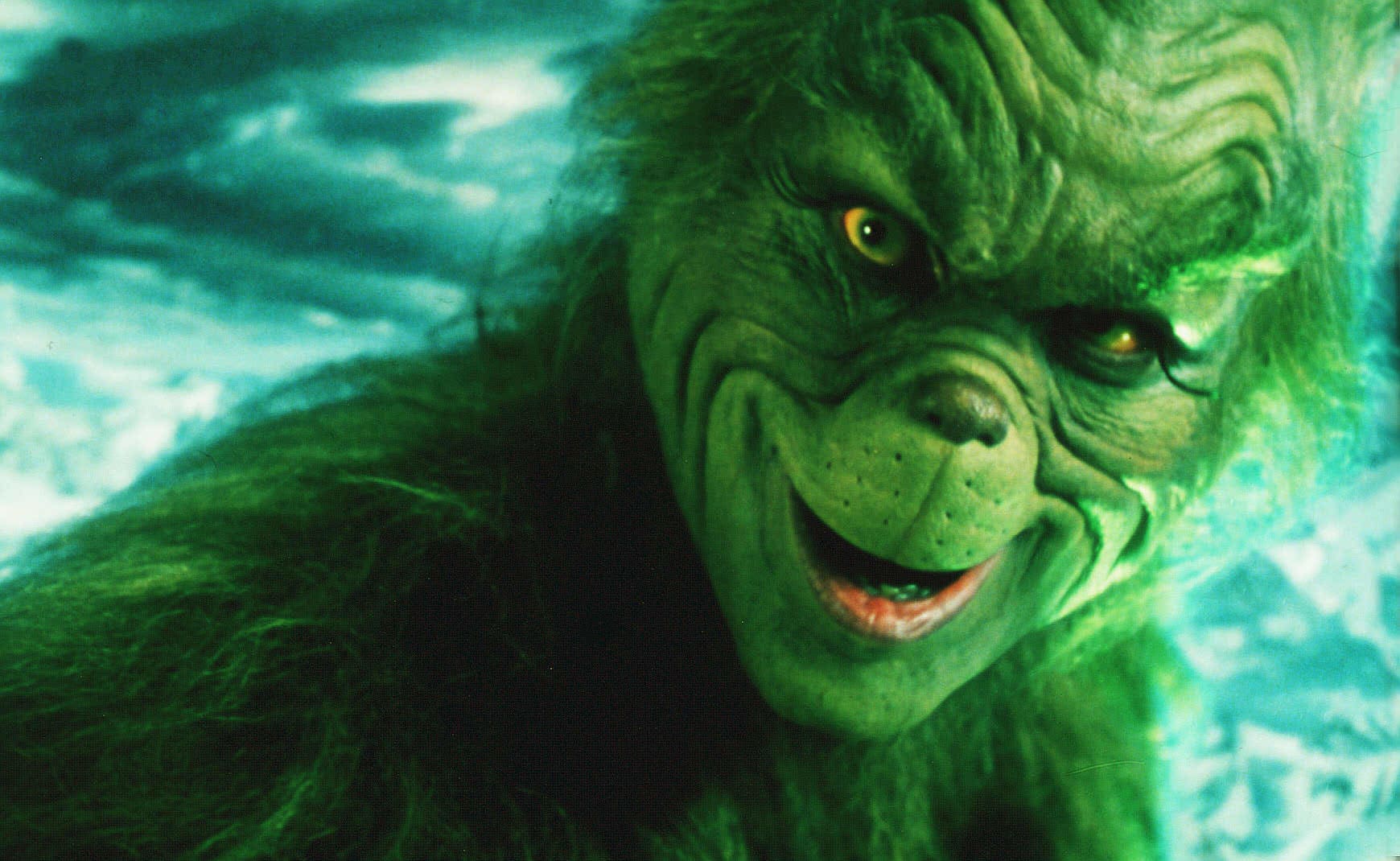
For another similar example of green symbolizing plain evil for the sake of evil, there’s Jim Carrey’s Grinch – the evil trollish enemy of Christmas, who’s just trying to ruin the holiday for everyone else because he himself didn’t get to enjoy it. In that case, we can also note the green’s connection to the feeling of envy.
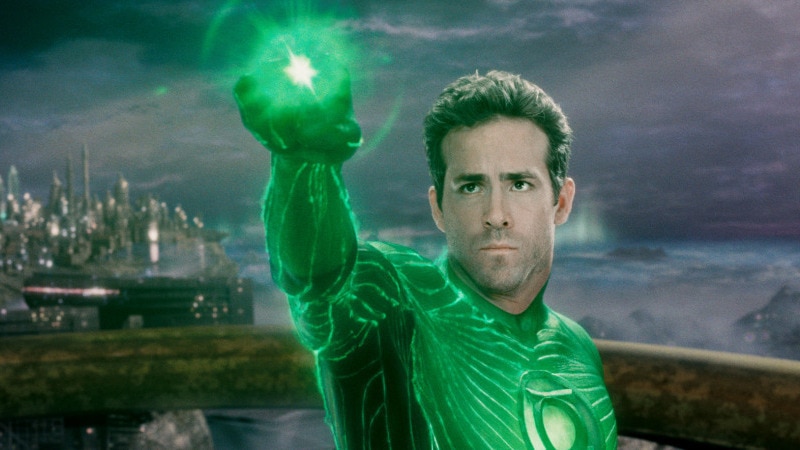
Green can also symbolize stability, courage, and willpower, much like green trees that stand proud and tall. The folks who wrote The Green Lantern and the comics before it, incorporating this aspect of green in the movie, with green playing a major role in the hero’s journey.
Blue
Next in line, blue can symbolize both positive and negative aspects, but it’s always associated with calmness, coolness, passivity, melancholy, isolation, or plain old cold.
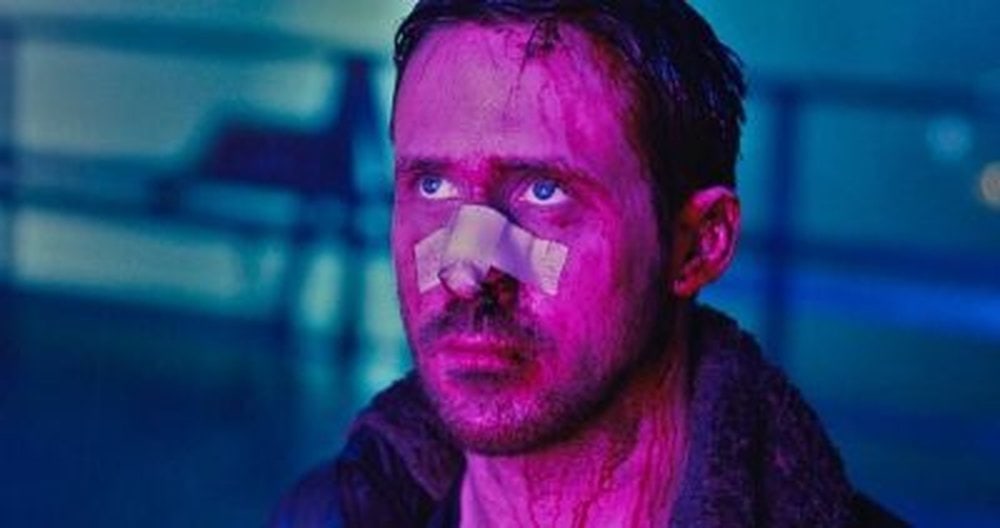
Denis Villeneuve went especially overboard with blue in Blade Runner 2049 which is understandable as his aim was to recreate the cold dystopian future of 1982 original, which also used blue freely to show the coldness of its world around the few warm characters in it.
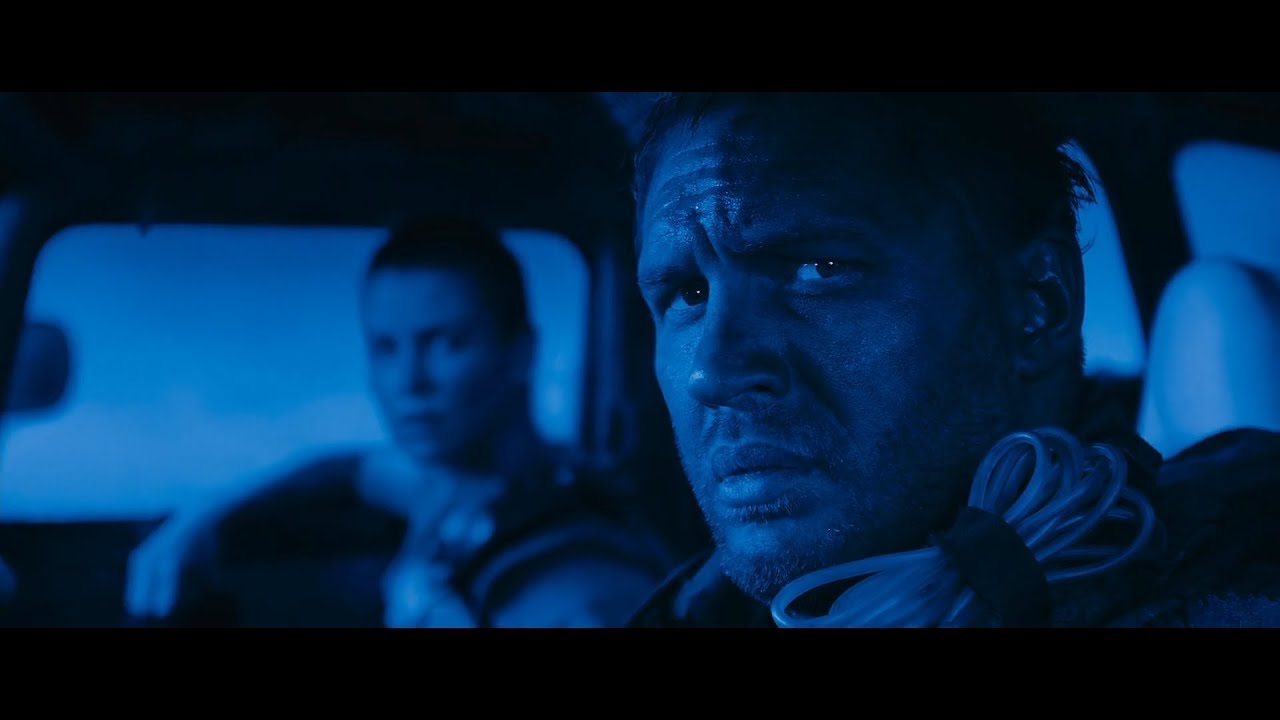
Cold and calm don’t always mean “bad”. For example, there’s also the calm night ride in Mad Max: Fury Road – a movie where the characters had spent the previous full hour running from the hot fires of the enemy and through the bright, orange, dry desert and sandstorms of Australia. The transition to blue highlights the peace and quiet the characters encounter during the night.

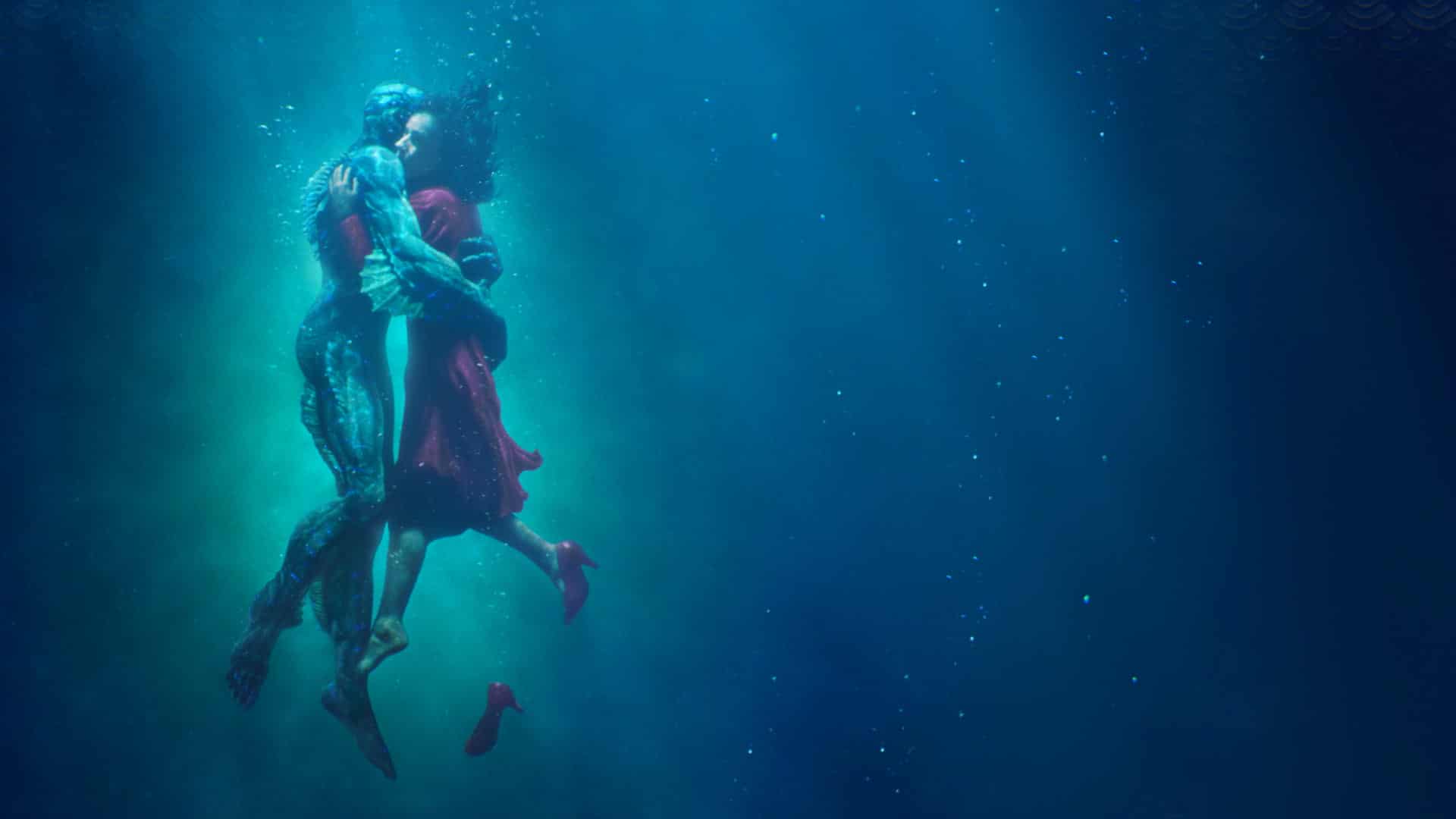
Blue can also be used to signify something or someone strange and inhuman, such as the Na’vi aliens in Avatar or the “monster” in Del Toro’s The Shape of Water.
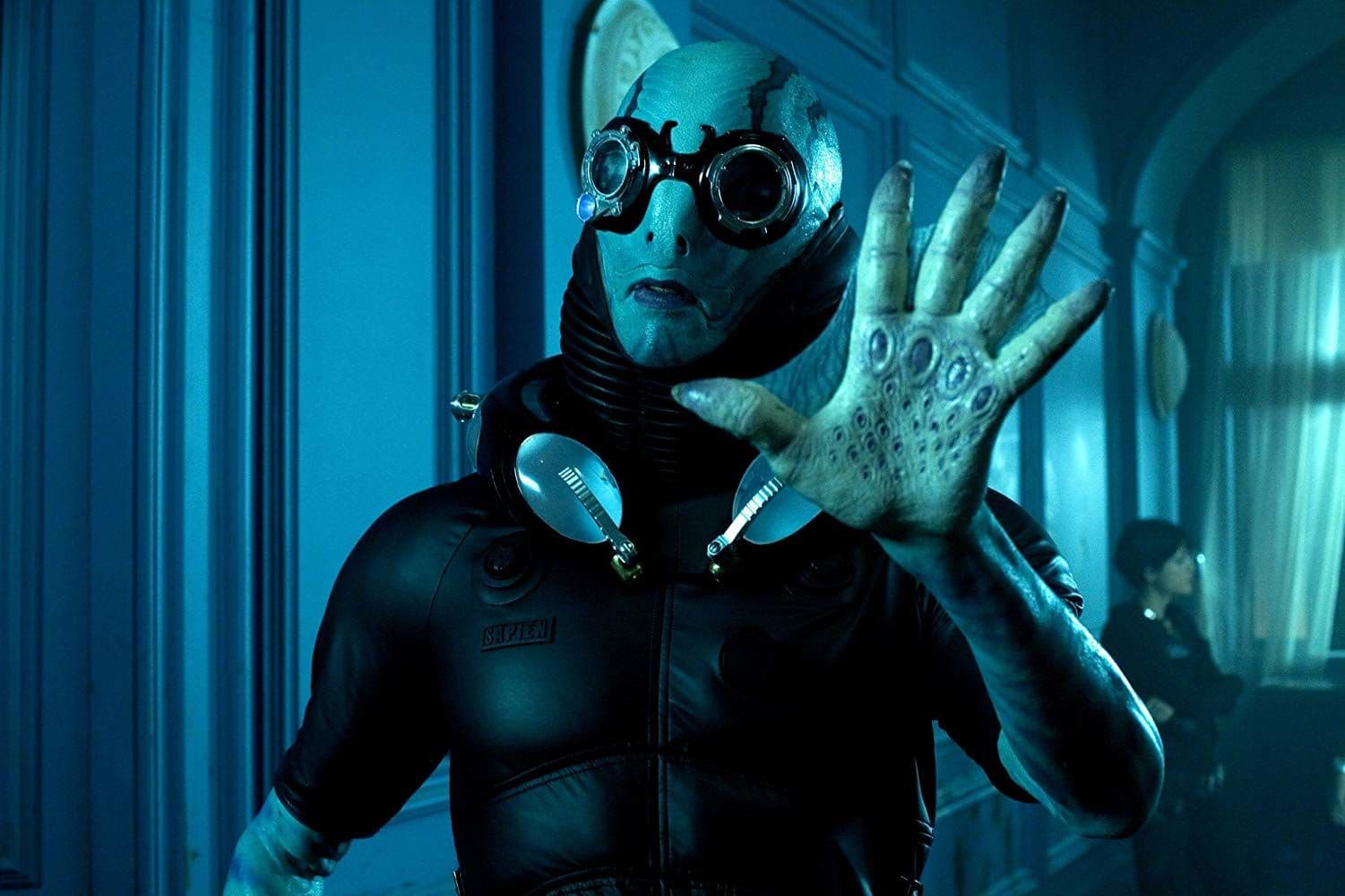
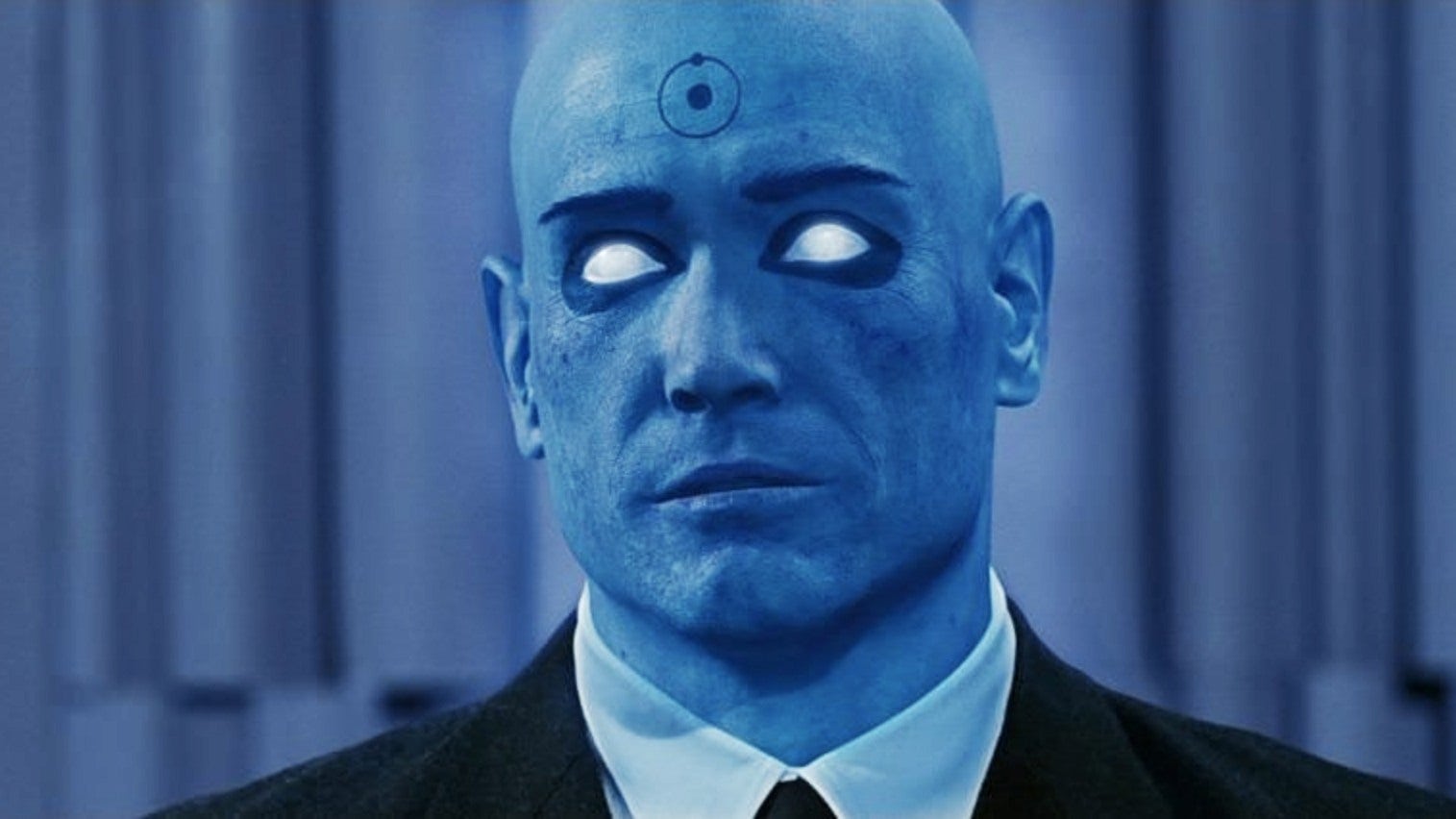
Some other examples include Abe Sapien from Del Toro’s Hellboy (and the comics he’s based on) or Doctor Manhattan in The Watchmen.
In all of these cases and many others like them, blue is used as a striking color to give us the impression that these beings are drastically different from us, allowing the movie to then show us the actual humanity (or “superhumanity”) underneath the blue skin.
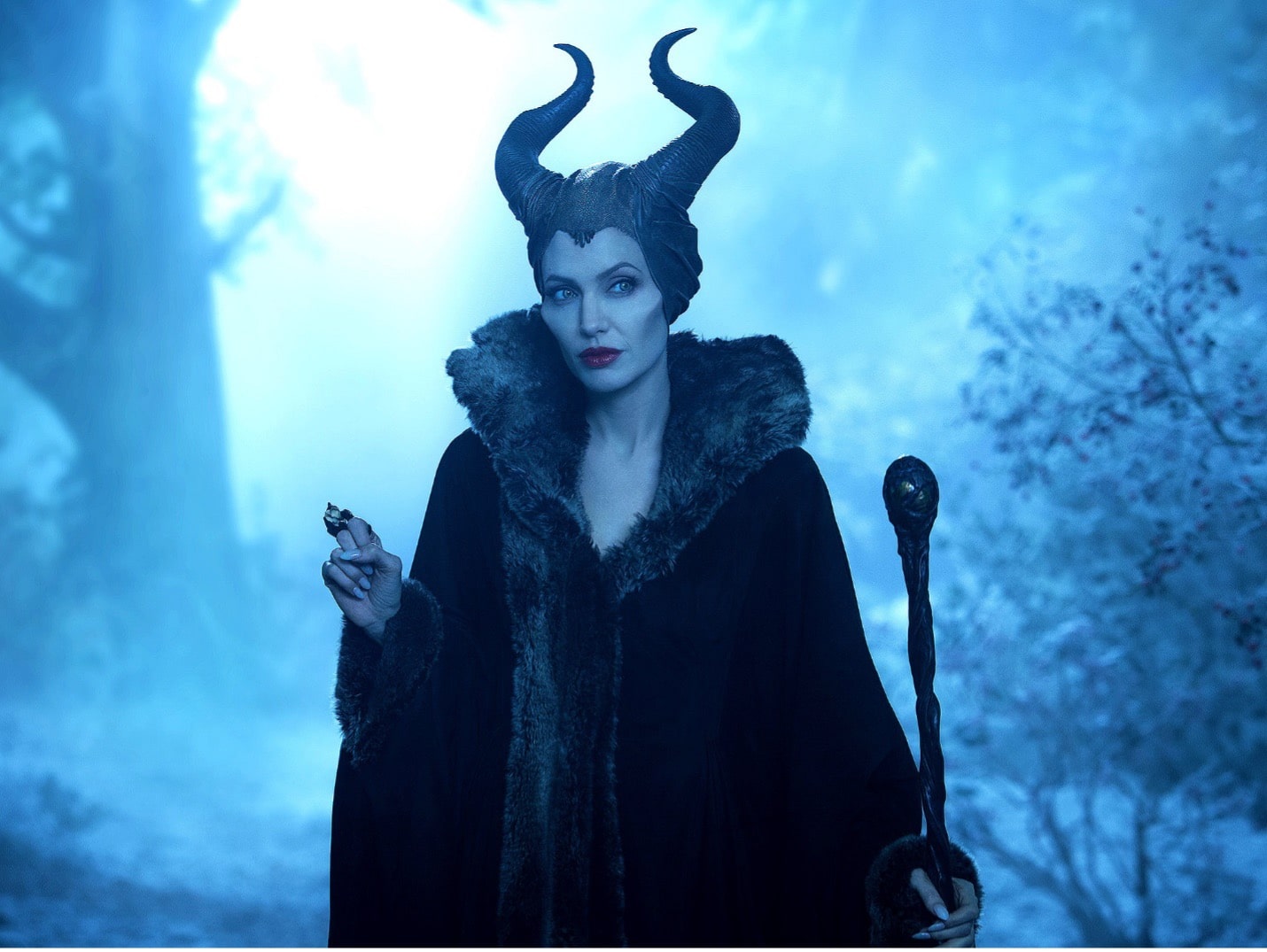
This could be why Maleficent uses blue heavily. Maleficent may be a cold, calculating, and evil being, often paired with green, but she also has her human side.
Purple
Purple is almost always used to symbolize mystical and strange things. The stuff of fantasy and etherealness and everything of an illusory nature. It is often used for eroticism too, as it’s similar to violet and pink which we’ll get to next. In general, purple is just strange.
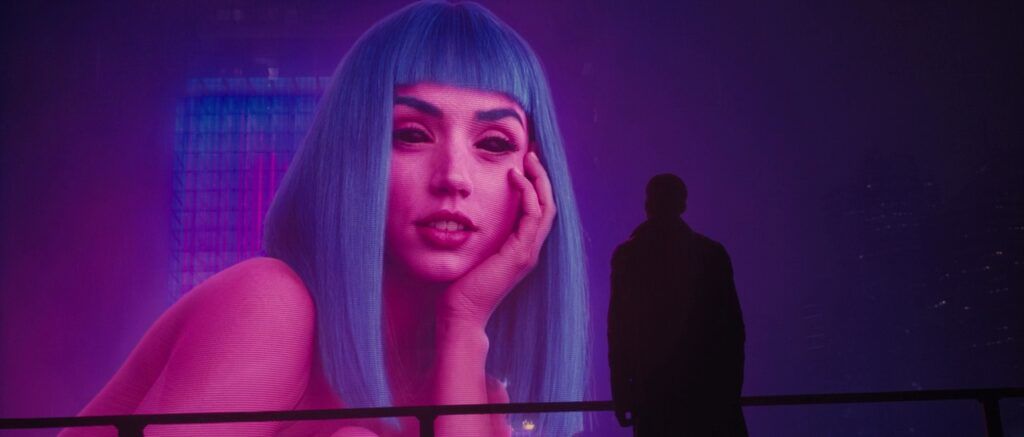
It’s another color Villeneuve made excellent use of in Blade Runner 2049. In one scene of the movie, purple is used to show the bizarre eroticism of a virtual sex worker that the main character briefly observes, giving us a glimpse of just how strange Blade Runner’s future is.

In the same movie, purple is also frequently used on and around Ryan Gosling’s character to show us just how endlessly puzzled he is with his situation and environment.
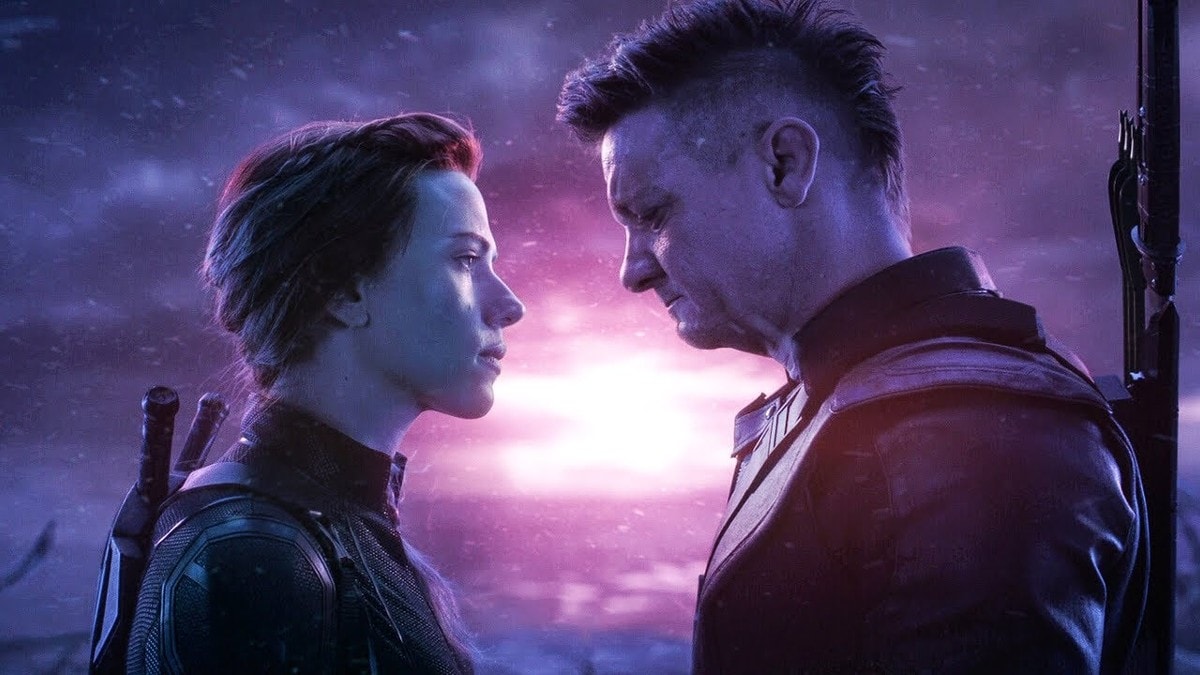
Then there’s the heartbreaking but also surreal scene between Clint and Natasha in Endgame – a scene where they had to travel to an entirely alien and unknown world to acquire one of the rarest items in the universe and, in the process, to try and commit suicide to save one another.

Purple can be evil as well, usually in a “strange” or “alien” way. It’s often associated with villains in movies, such as the Joker, the crime prince of Gotham in every Batman movie, or Thanos, the genocidal Mad Titan in the MCU. While the color purple alone isn’t what distinguishes these characters as evil, it adds to their strangeness and marks them as different.
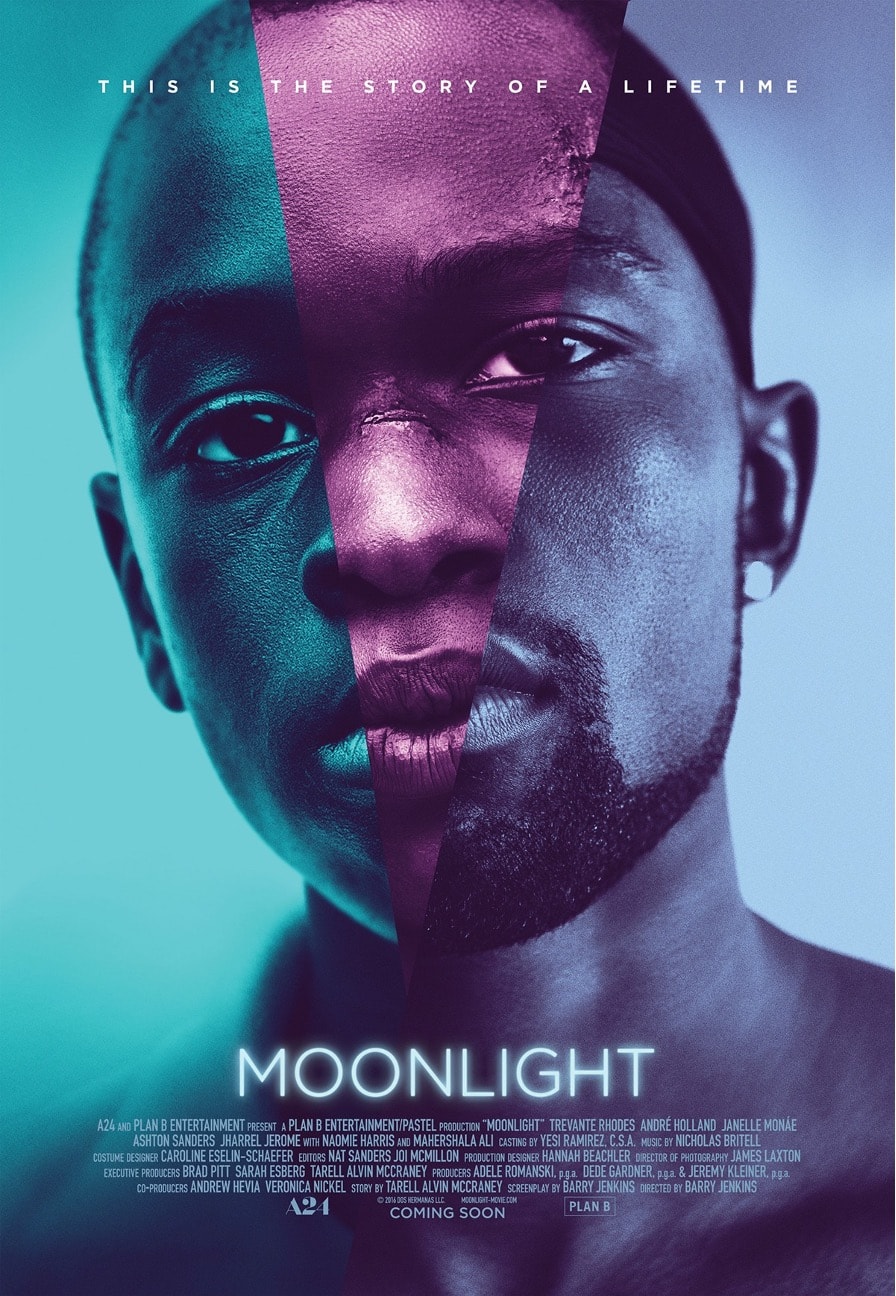
However, being different isn’t necessarily negative. The poster for the Oscar-winning Moonlight is full of purple, blueish and violet colors, but here it just signifies the inherent strangeness of one’s journey to self-exploration.
After all, the movie is about the different stages of one black man’s life in Miami, who he truly is on the inside, and how he explores his innermost hidden desires, usually under the revealing light of the moon.
Pink and Violet
These two are of course different but they do often symbolize similar things, including beauty, femininity, sweetness, playfulness, as well as good ol’ eroticism.
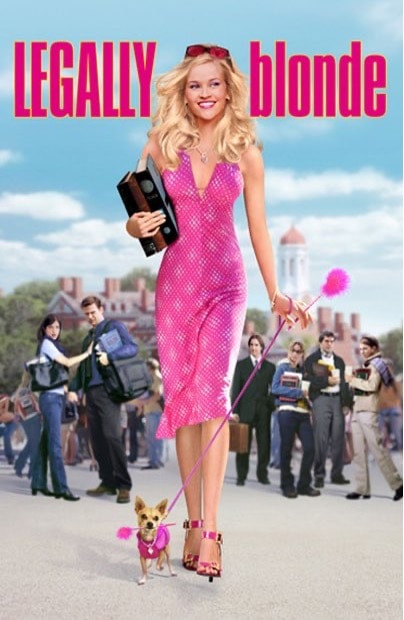
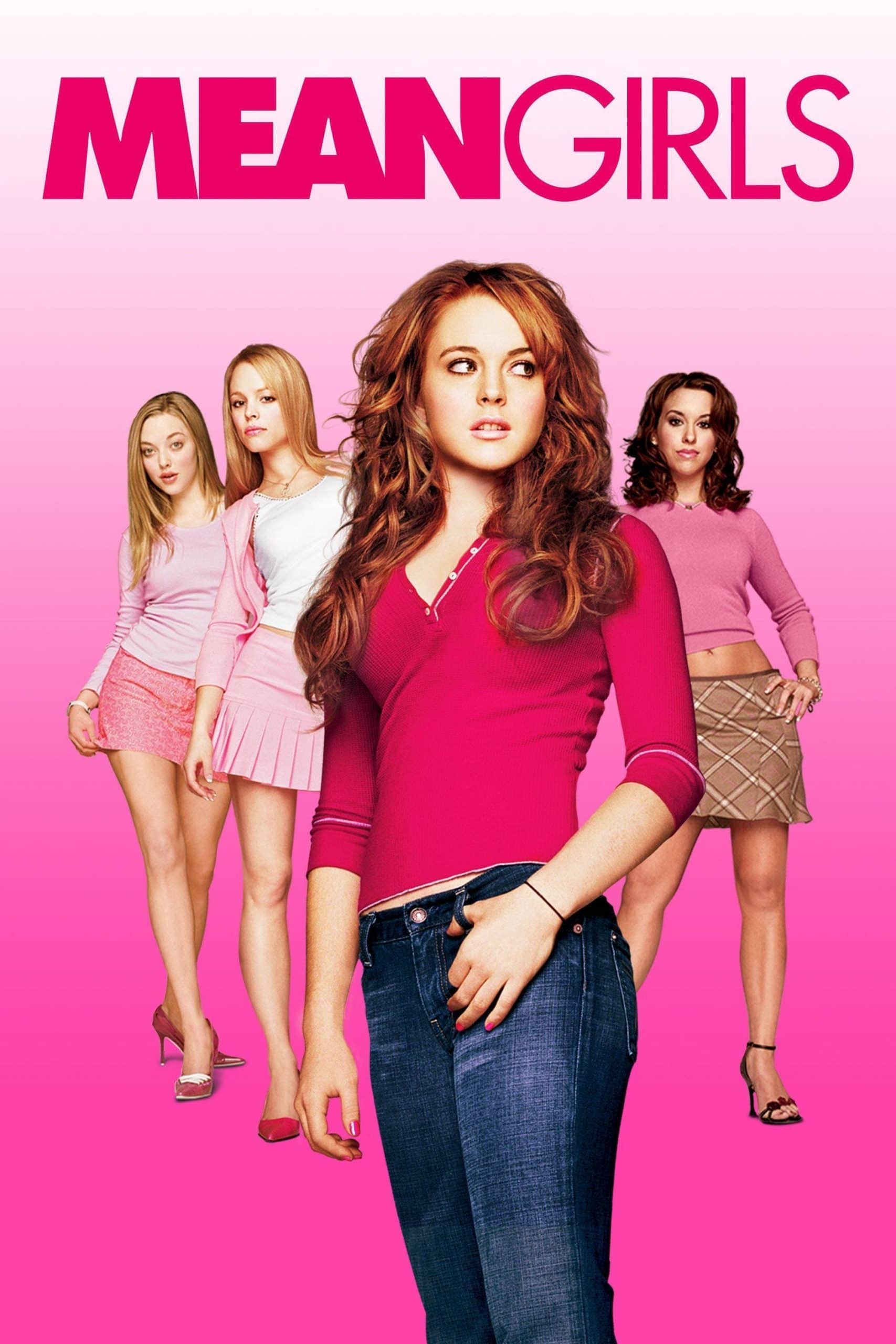
The examples of pink and femininity are probably the most numerous and require the least amount of context and explanation. Legally Blonde? Mean Girls? Or, how about that scene with Margot Robbie in The Wolf of Wallstreet?
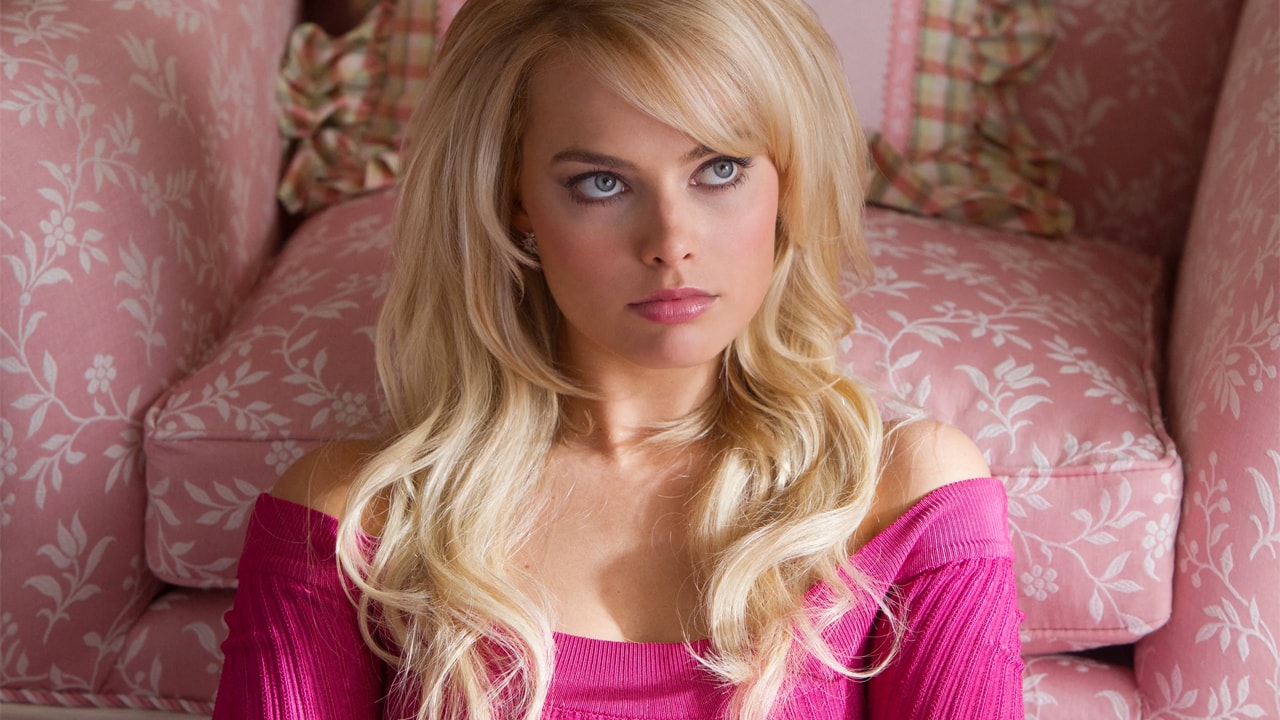
Is this overuse of pink as a feminine color borderline ridiculous at times? Of course, it’s a cliché.
Sometimes that’s the point of its use in such movies, to showcase the ridiculousness of the cliché. Other times, however, movies just play into it.
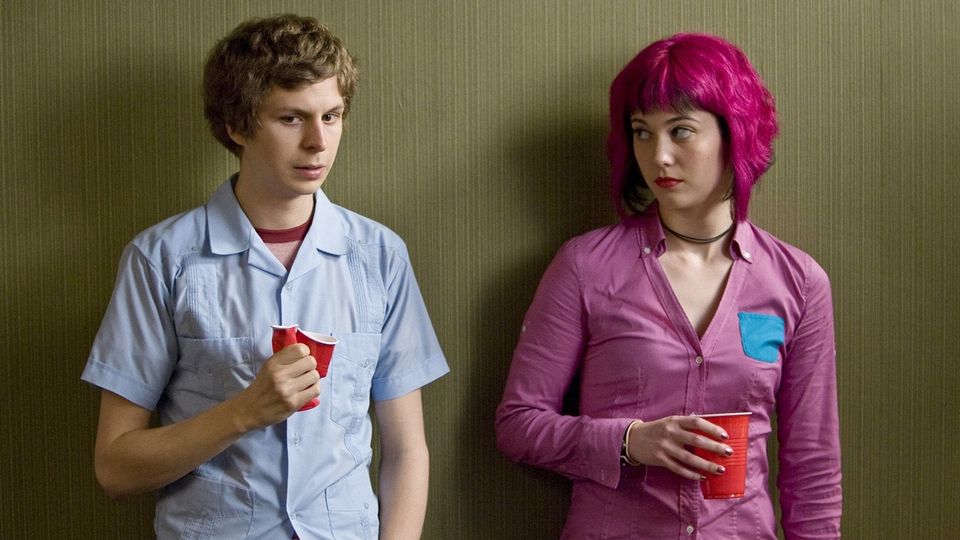
There’s also the use of pink and violet to show sexual attraction as is the case with Natalie Portman’s character in the 2004 movie Closer, or romantic attraction as in the 2010 romantic action comedy Scott Pilgrim vs. the World.
Scott Pilgrim, in particular, is a pretty interesting case study of the use of colors. There, the character Ramona Flowers, the love interest of Scott Pilgrim played by Mary Elizabeth Winstead changes her hair color three times throughout the movie to indicate the evolving dynamic between the two of them.
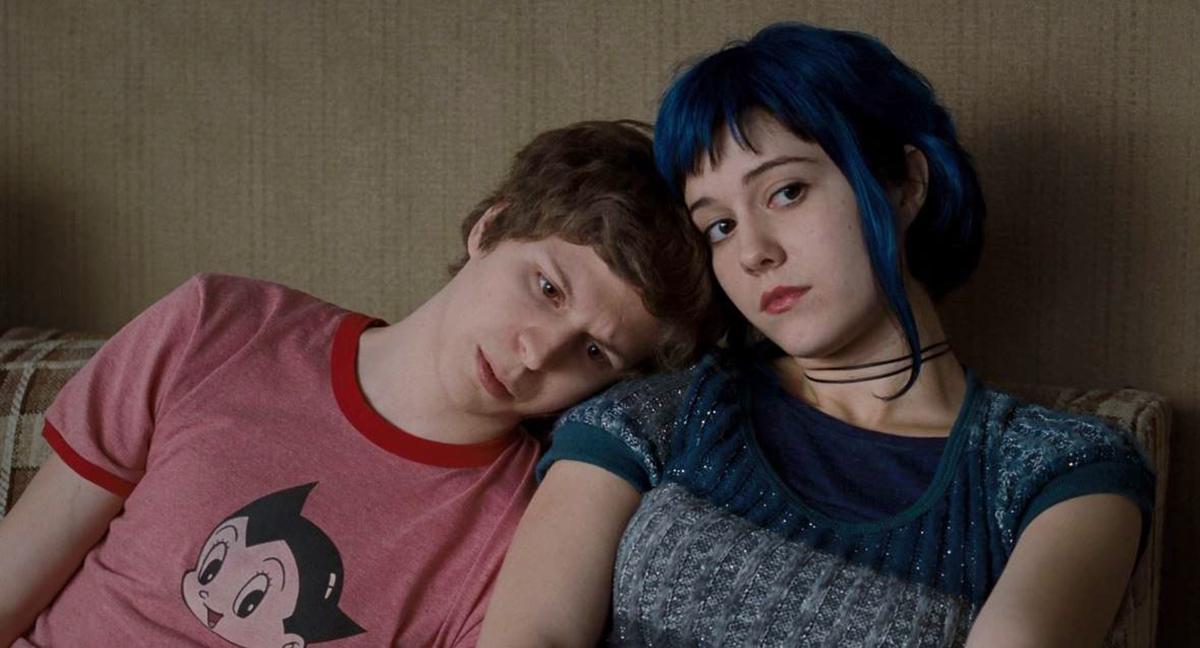
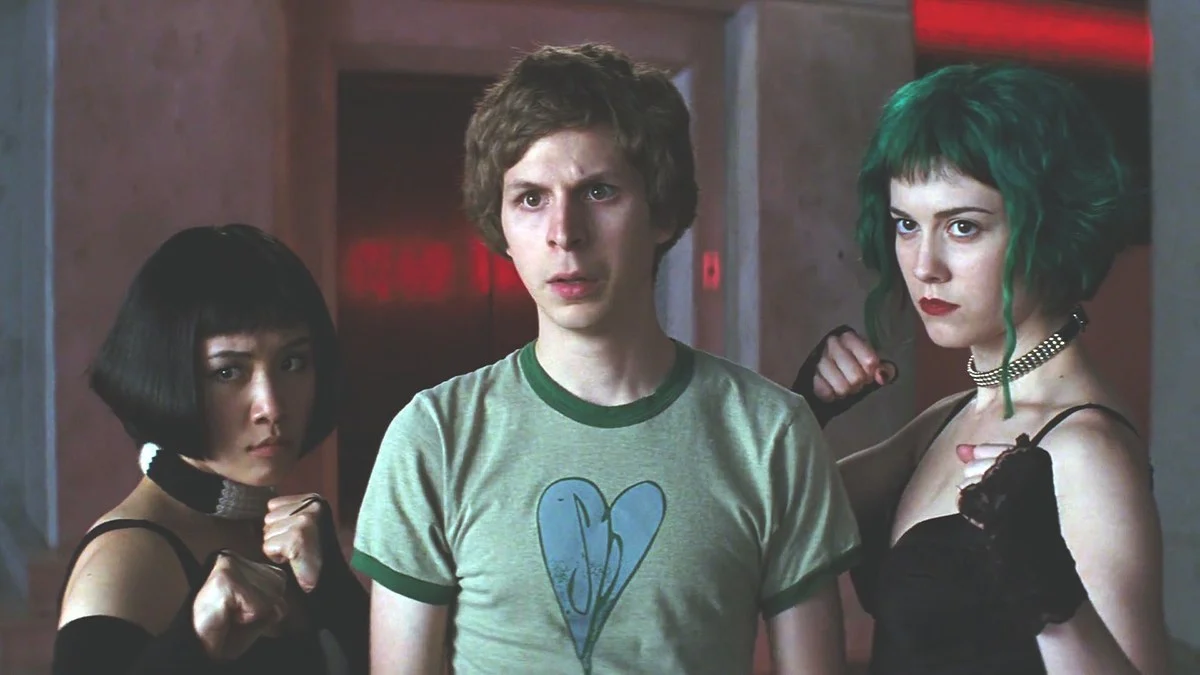
First, she starts with a pinkish violet hair color when Scott first meets her and falls in love with her. Then, around the midpoint of the movie when their weird relationship starts to hit some snags, Ramona switches to a cold blue, symbolizing cold feelings. Near the movie’s conclusion, however, she moves to a soft and natural green.
When Scott asks her about her hair color changes, Ramona answers that she dyes her hair “every week and a half”, which signifies her strange and free nature in contrast to Scott’s entire reserved and constrained existence. Scott seems unconvinced, as the color changes do feel too closely related to the dynamic of their relationship.
Color Combinations in Movies
The base colors are fine and all but how about some color combinations? Things can be quite more complicated here as different color combinations can showcase the merger of different symbolic concepts.
Love and fear? Nature and danger? Just throw them right colors in there and the viewer will get the point subconsciously even if they don’t get it really.
There are some combinations that are seen more often than others. Probably the most infamous example is the use of orange and blue. If there’s one color combo that Hollywood just dies for, it’s that one. Why though?

The first reason is that they are opposite colors on the color wheel. And that always matters as such contrasting colors are used for the so-called popping visual effect. In essence, when the two opposite colors are the main ones on the screen, they then pop into our subconscious even more.
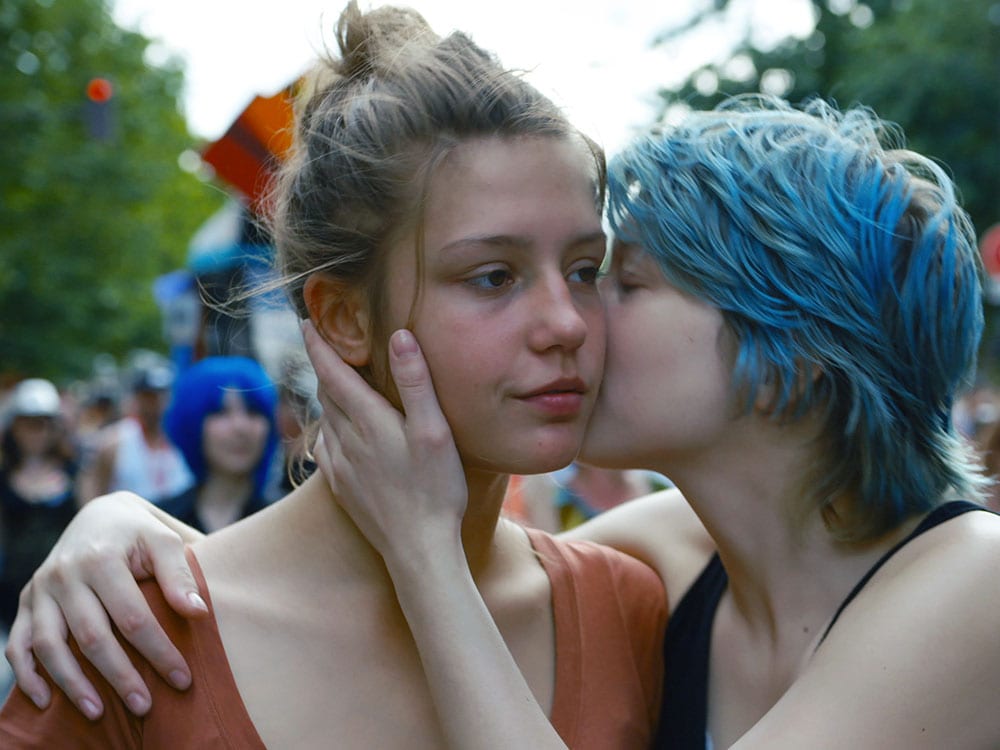
The other reason is that the standard symbolic uses of orange and blue just match well – warmth and cold. The typical use of this combination is to show two characters – one with a warmer personality and one with a colder one, as is the case in Blue is the Warmest Color, a 2013 French romantic drama about two LGBTQ characters – one a blue-haired girl and the other usually orange-wearing ginger.
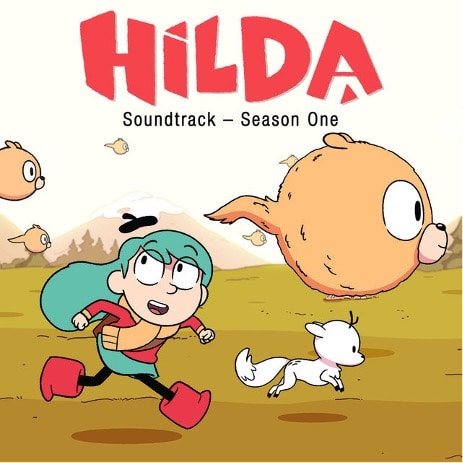
Another great study of color is the animation Hilda– the story of a blue-haired girl in a warm and weird world, portrayed with mostly warm orange colors.
The critically acclaimed animation has won numerous BAFTA, Emmy, Annie, and other awards, largely thanks to its simplistic yet ingenious and gorgeous use of color.
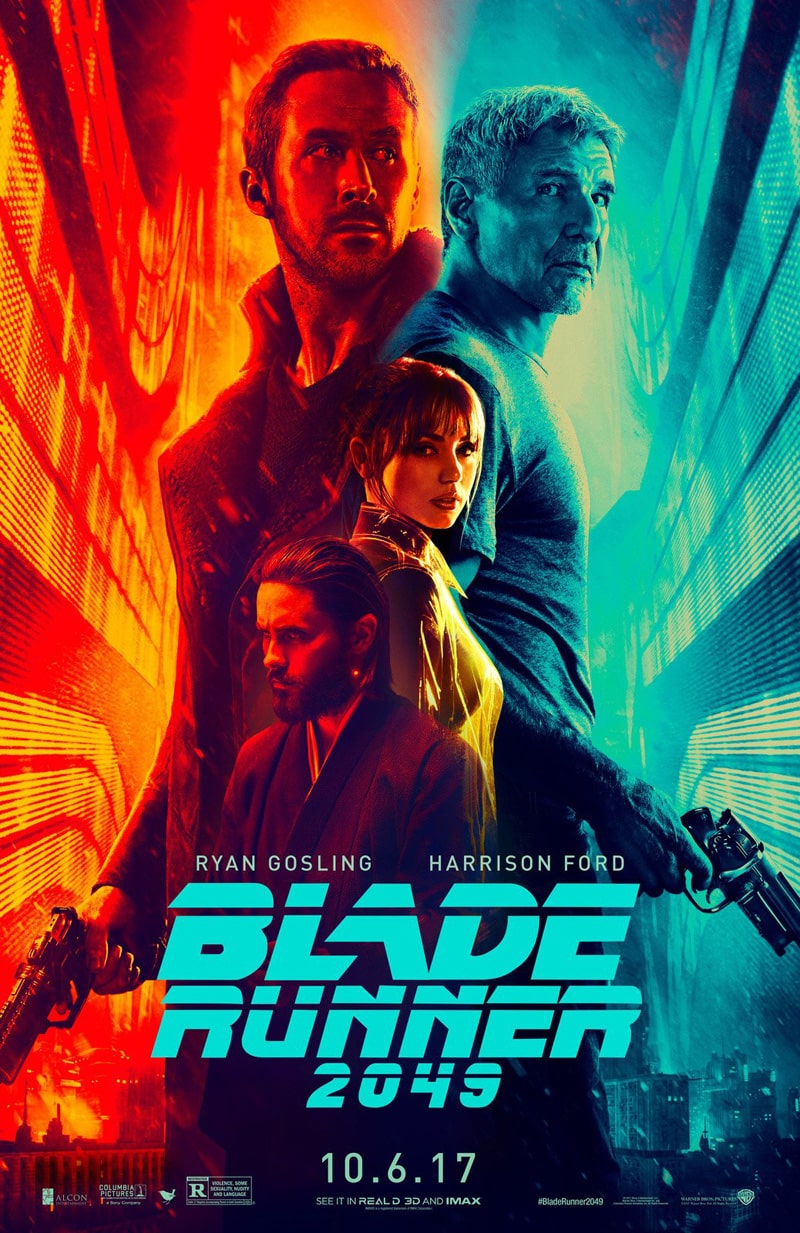
Notice how well the warmth and coldness of Blade Runner 2049’s character and themes clash in the blue and orange poster.
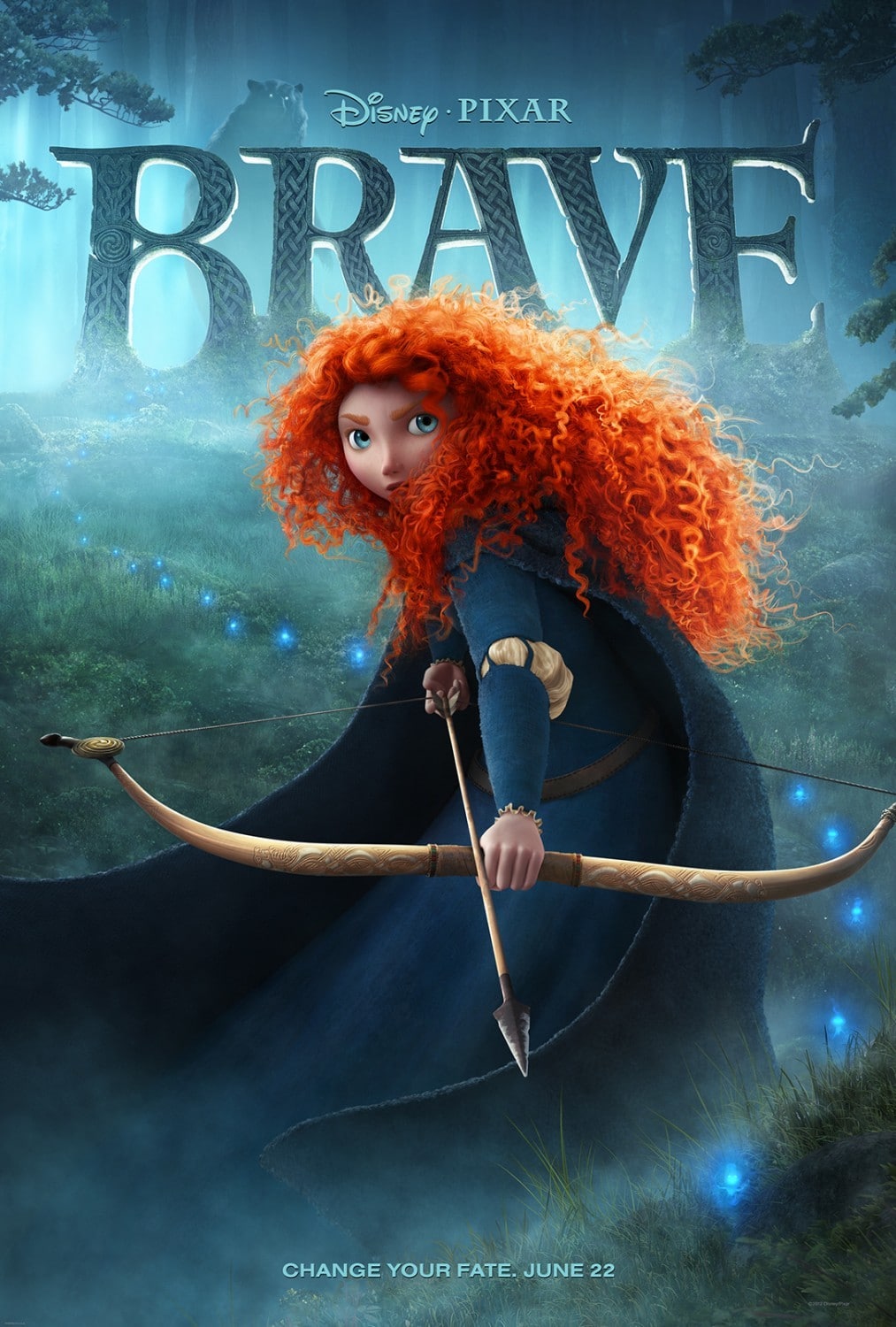
Pixar’s Brave is another great example. It features the story of a brave and rebellious but warm-hearted ginger girl and her fight against a cold world and its restrictions.
Hollywood just really loves orange and blue.
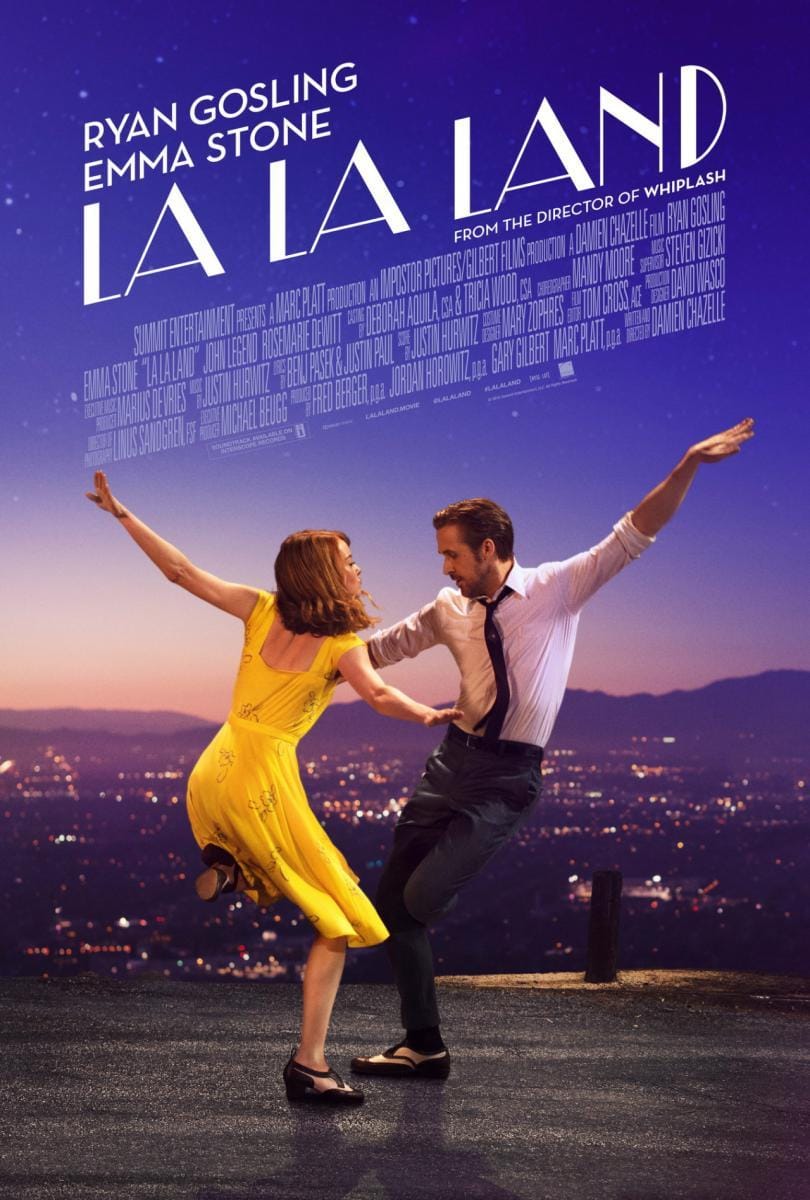
But this isn’t the only popular color combination. Another good combo that also creates the popping effect is purple and yellow. Also contrasting colors, these two have their own strengths.
First, both colors are used to symbolize strangeness. Purple is typically associated with all things surreal and fantasy, and yellow – with outright madness. Another factor is that purple is closest to black on the color wheel and yellow is the nearest color to white. So, the purple/yellow contrast has a very similar feel to that of black and white.
Want some more examples? How about Glass, The Help, or Detective Pikachu? Once you’ve seen it you can’t unsee it.
Is Color Really Always Meant to Be Meaningful?
Of course not. When we talk about the magical symbolism of colors in movies, there’s always the caveat that such symbolic uses are reserved for special scenes, characters, and points in the plot where they’d be most impactful. Not every colorful item, person, or piece of scenery in cinema has a symbolic meaning tied to its color.
That red shirt extra in the background? His red shirt doesn’t necessarily mean he’s angry or in love – he’s just a red shirt guy. Maybe it was the only clean shirt that would fit the actor in the studio’s wardrobe – the rest were taken by the TV show filming on the other set.
At the same time, however, if the main character is shown in saturated red and surrounded by cold colors, you’d be right to assume that the director might be trying to convey a message.
In that sense, the use of color in movies is very much similar to that of soundtracks – most of the time, there either isn’t any music in the scene, or the soundtrack is just a quiet rhythm. When it matters, however, the soundtrack picks up and starts pouring feelings into the back of your head, depending on what the scene wants to emote.
In short, it’s important not to look too much into things. Sometimes color is just that – color. In those special few scenes per movie, however, noticing the purposeful and smart use of color can help you understand what the director is trying to say. It can also give you that extra bit of satisfaction and appreciation of the beautiful art that is cinema.








